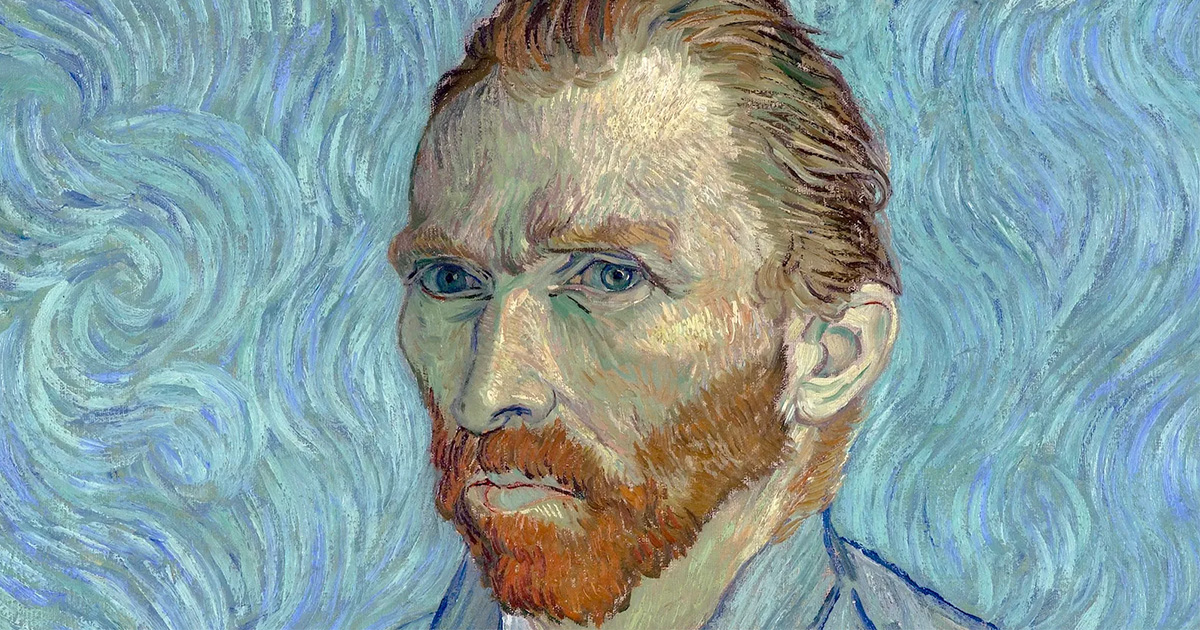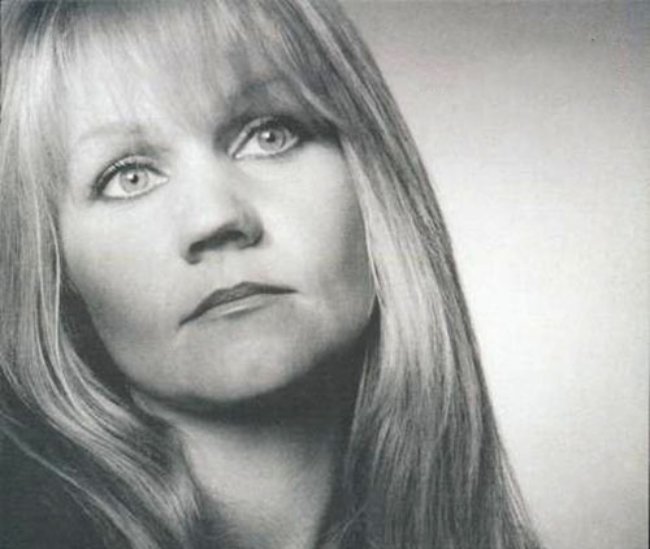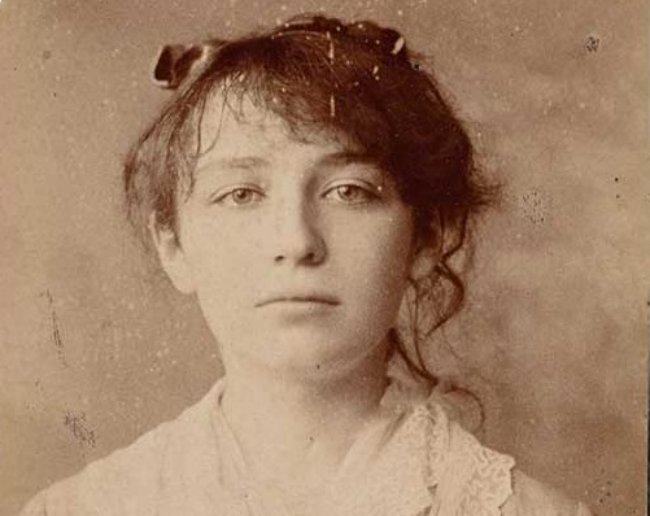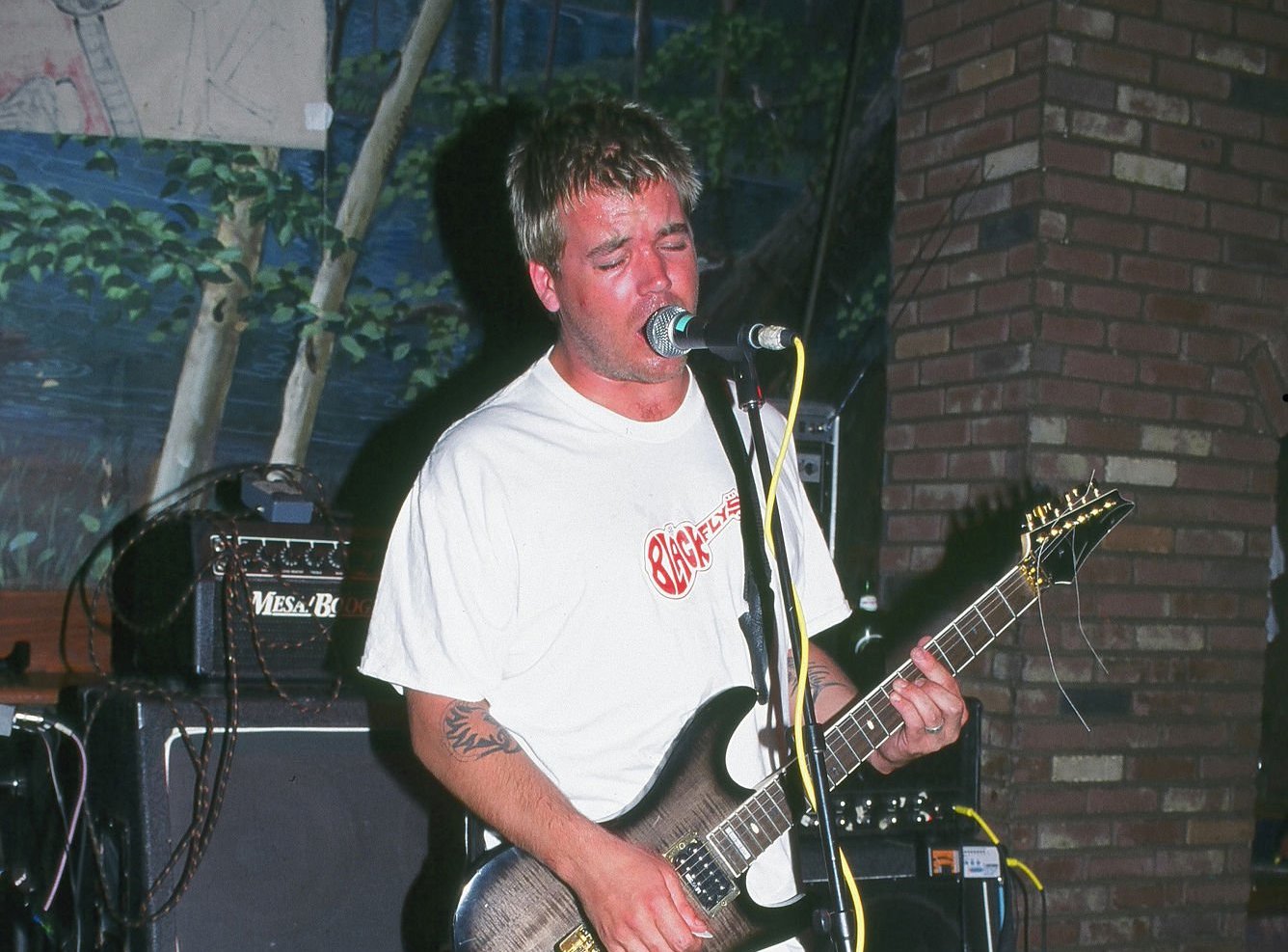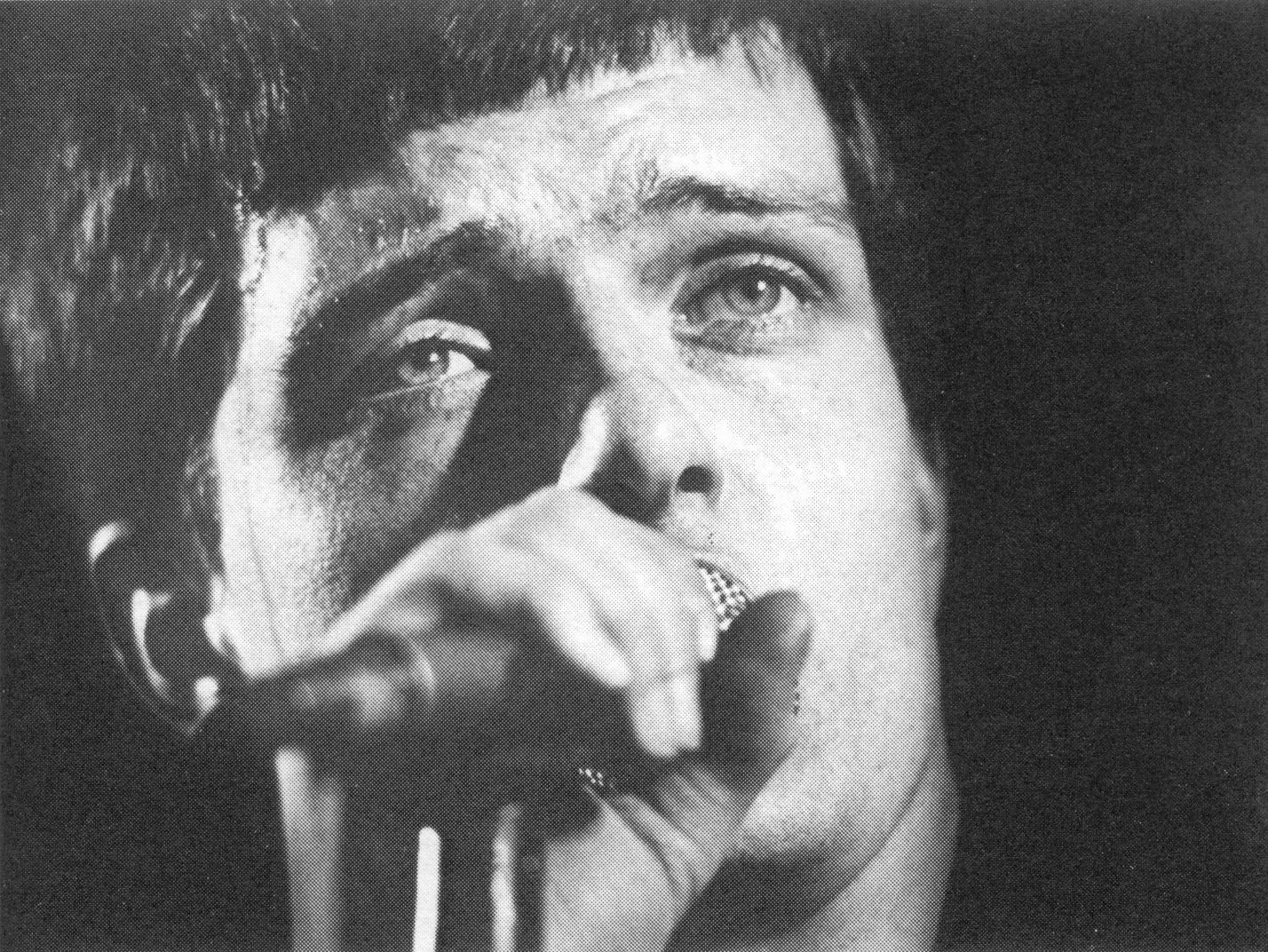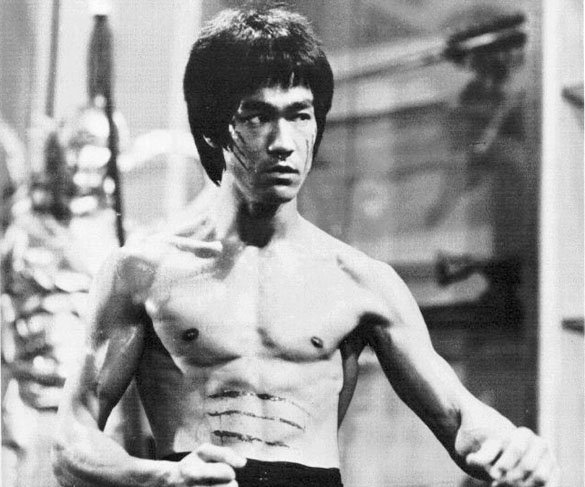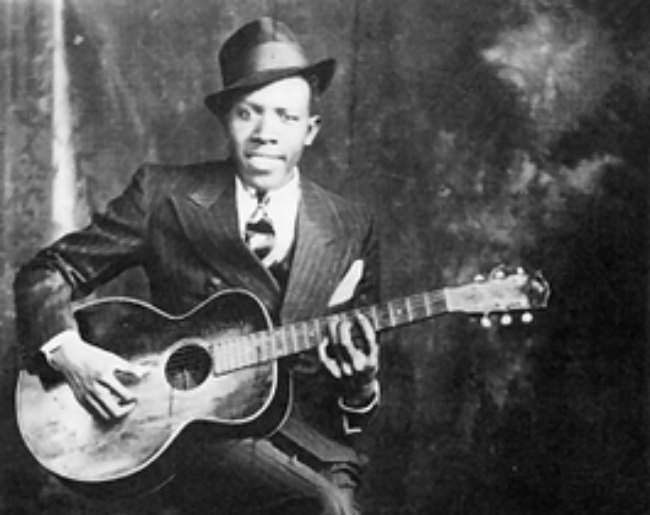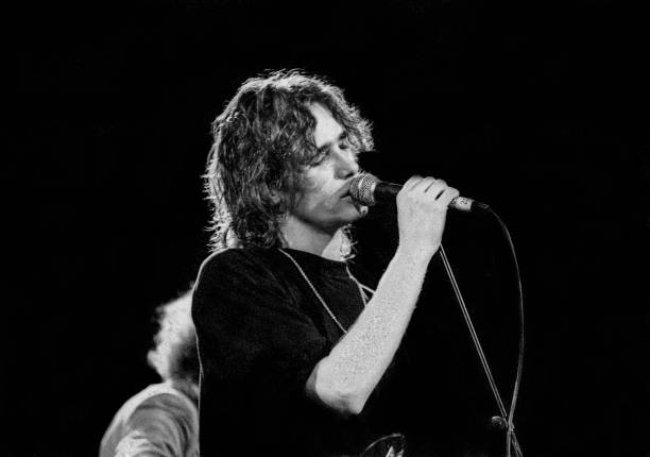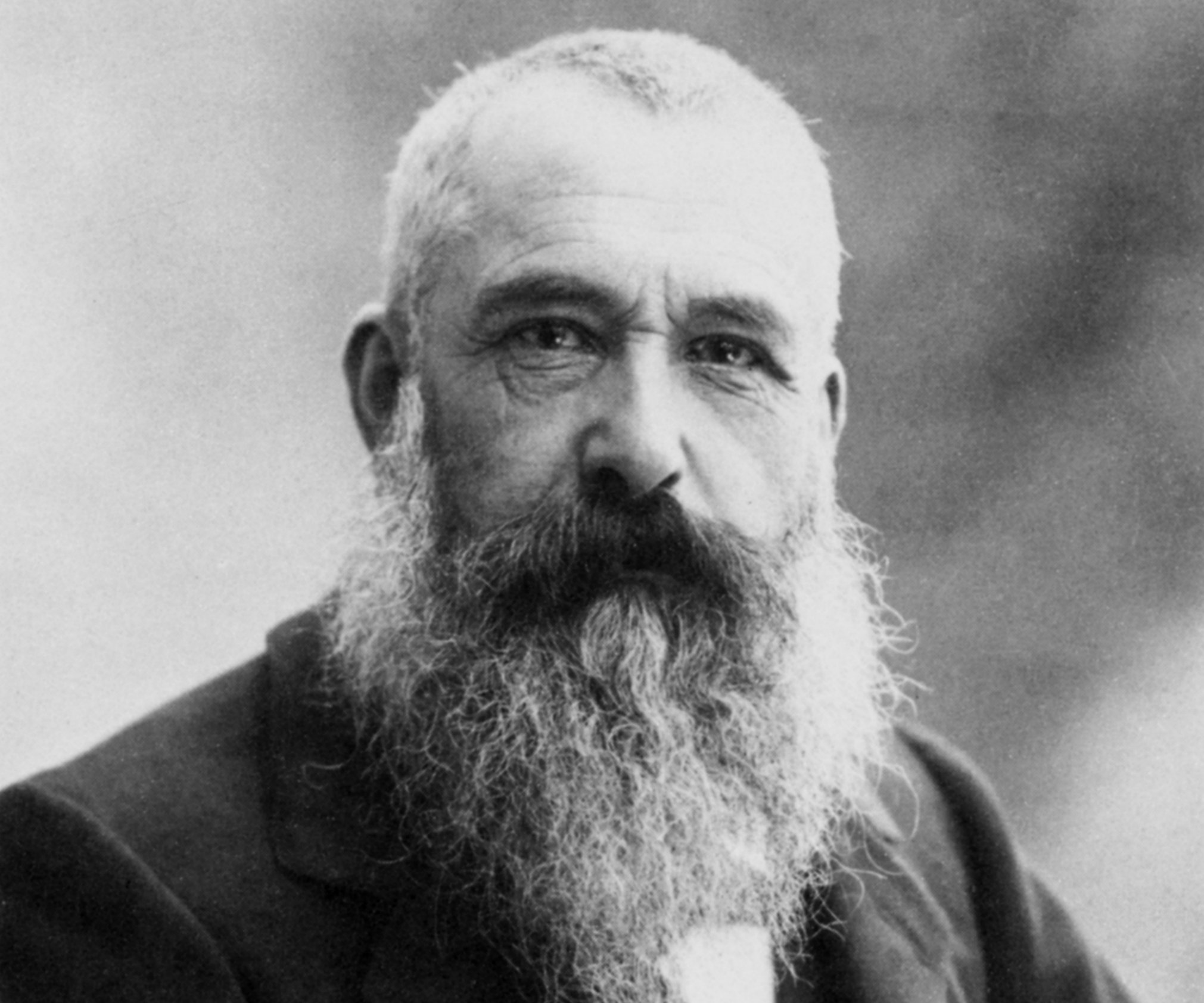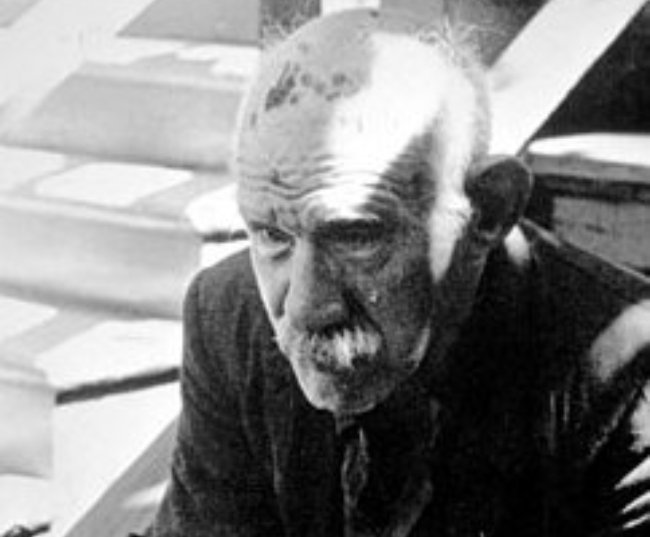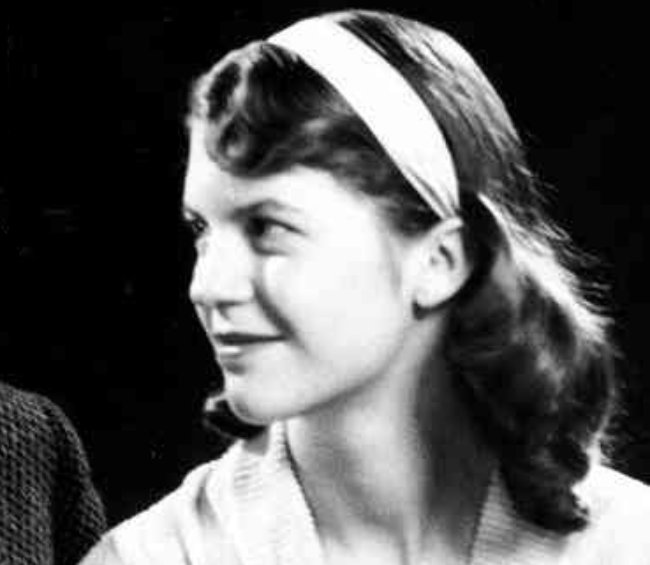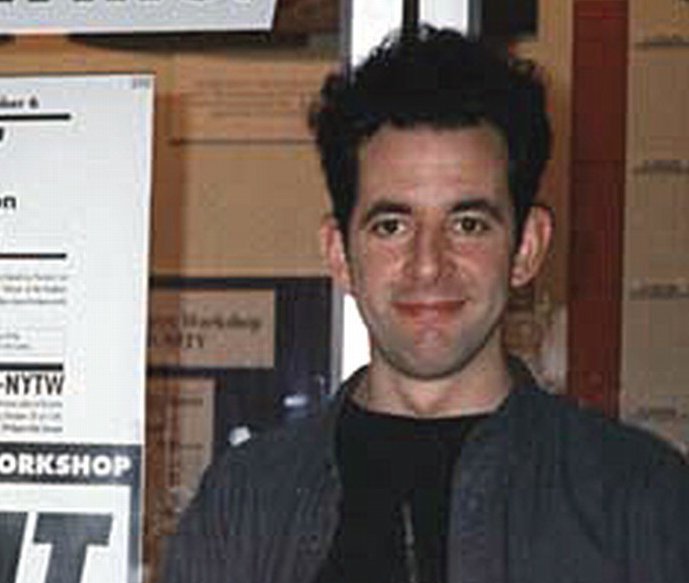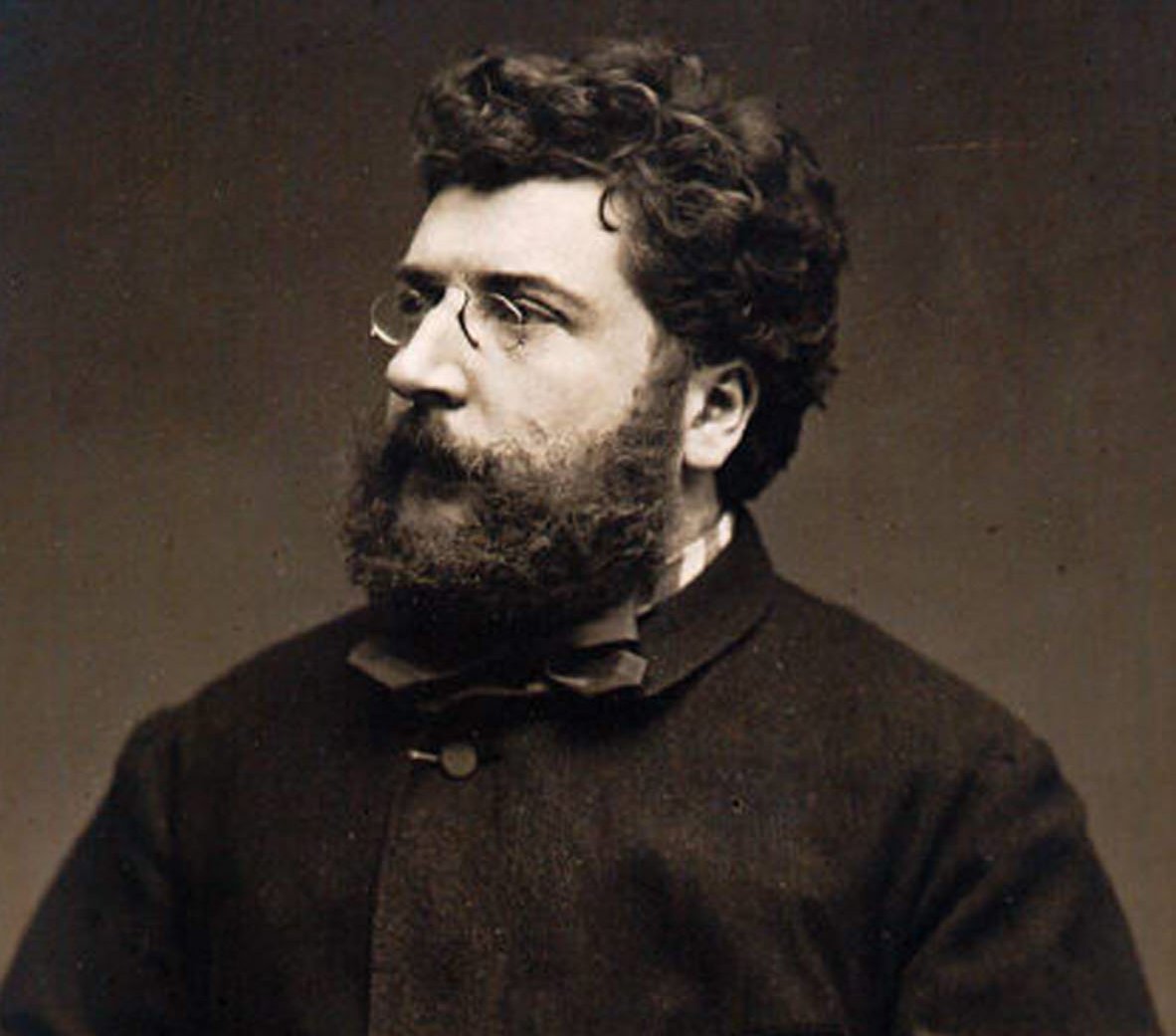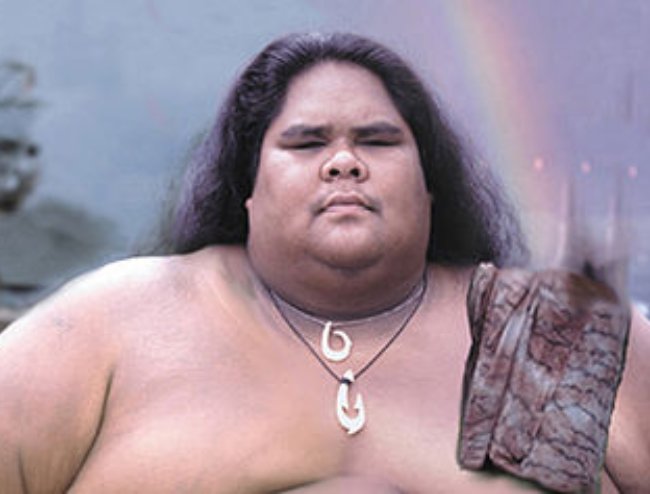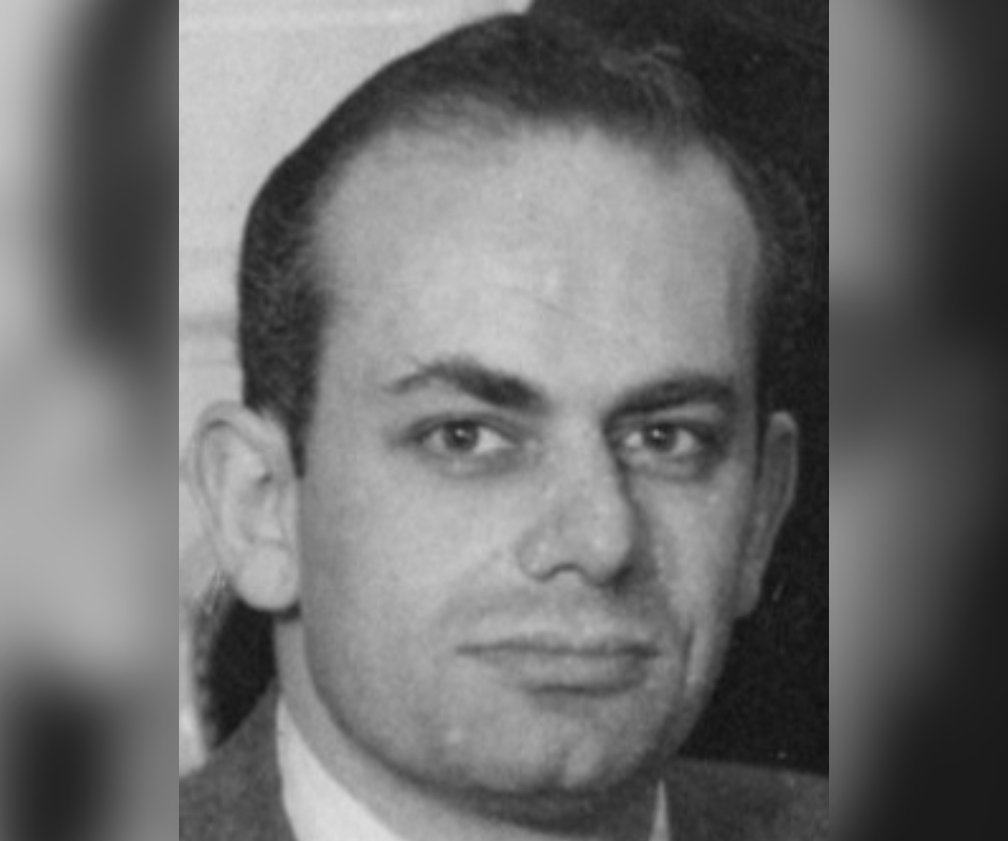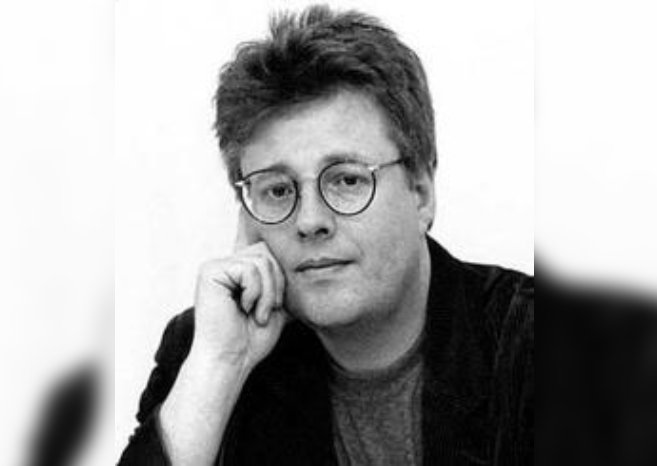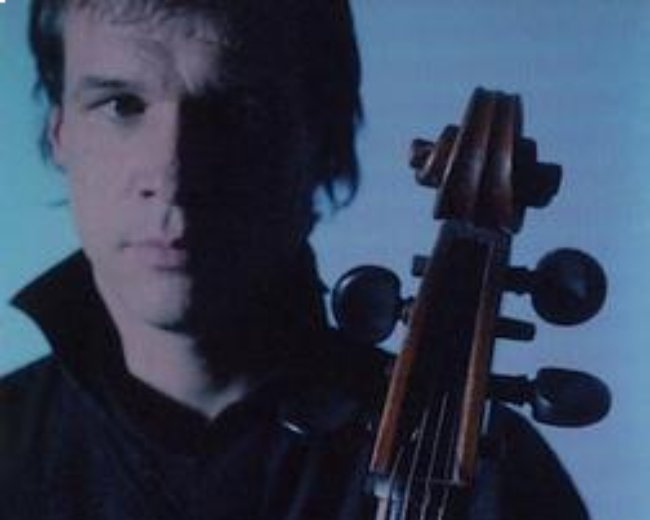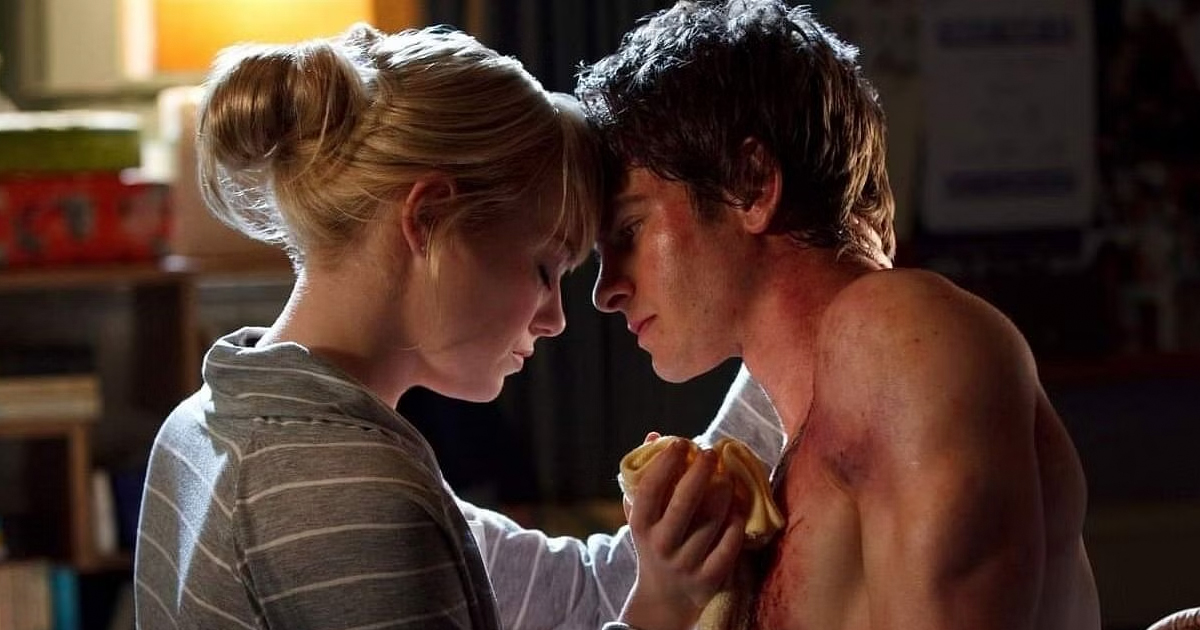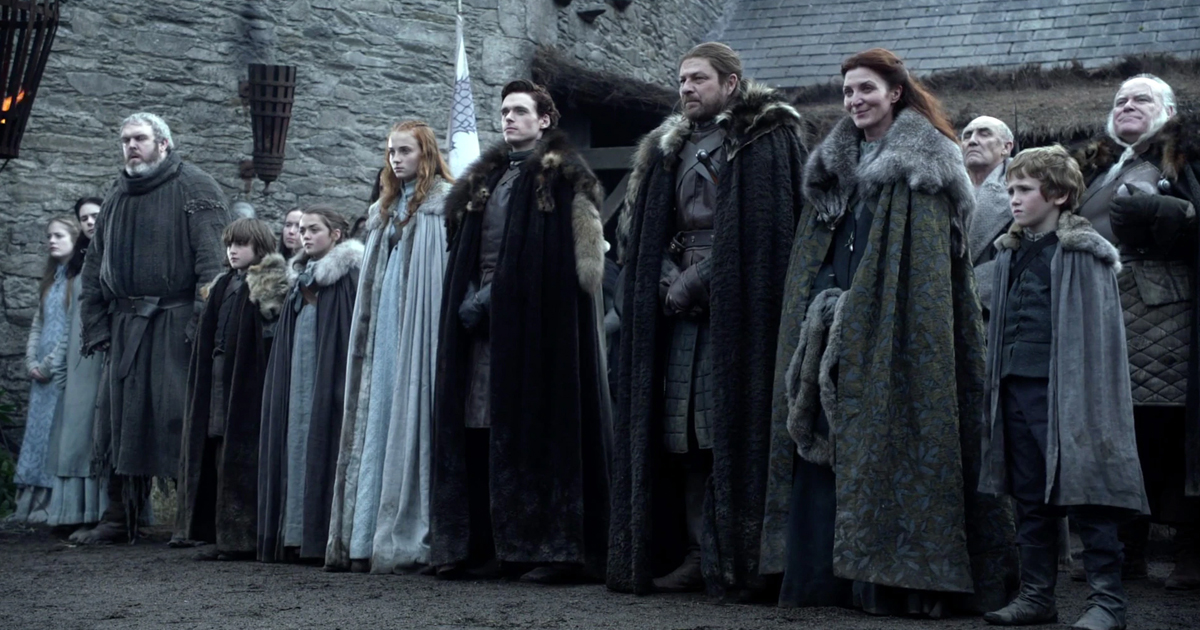The World Wasn’t Ready For Them
Throughout history, many talented artists, writers, and musicians were overlooked during their lifetimes. From Anne Frank's deeply moving diary to Ed Wood's unique films, these individuals left behind legacies that gained immense recognition and influence only after their passing. Their stories unfold a narrative of profound impacts and lasting influence, emerging significantly in the echoes of their life's work.
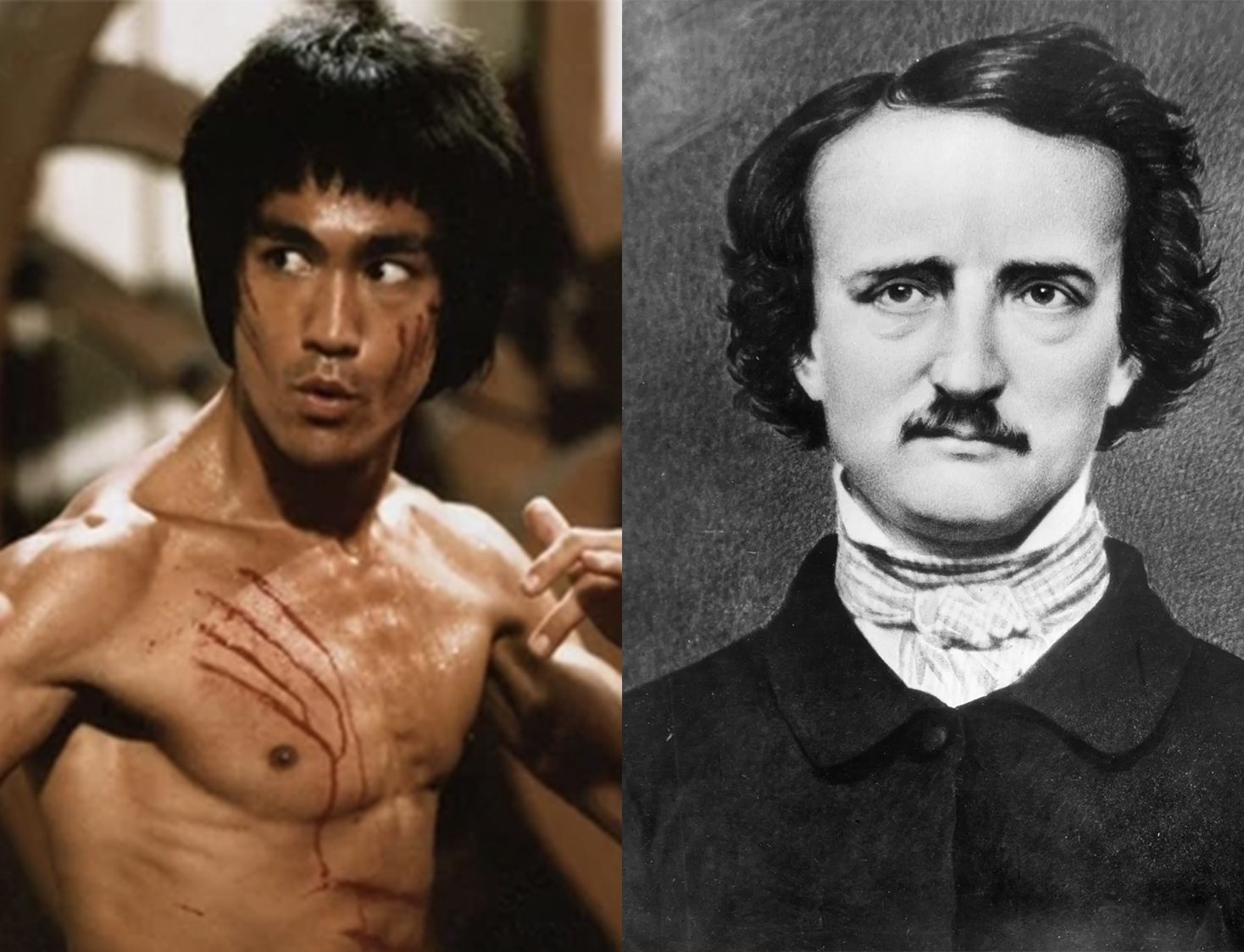
Edgar Allan Poe
Before becoming the master of the macabre, Edgar Allan Poe faced mixed reviews and financial struggles with dark tales like “The Tell-Tale Heart” and “The Raven”. He passed under mysterious circumstances in 1849, only to be celebrated decades later for his gothic innovations and psychological depth. Today, Poe is revered as one of America’s most influential writers—leaving us to wonder what more he might have created had fame found him sooner.
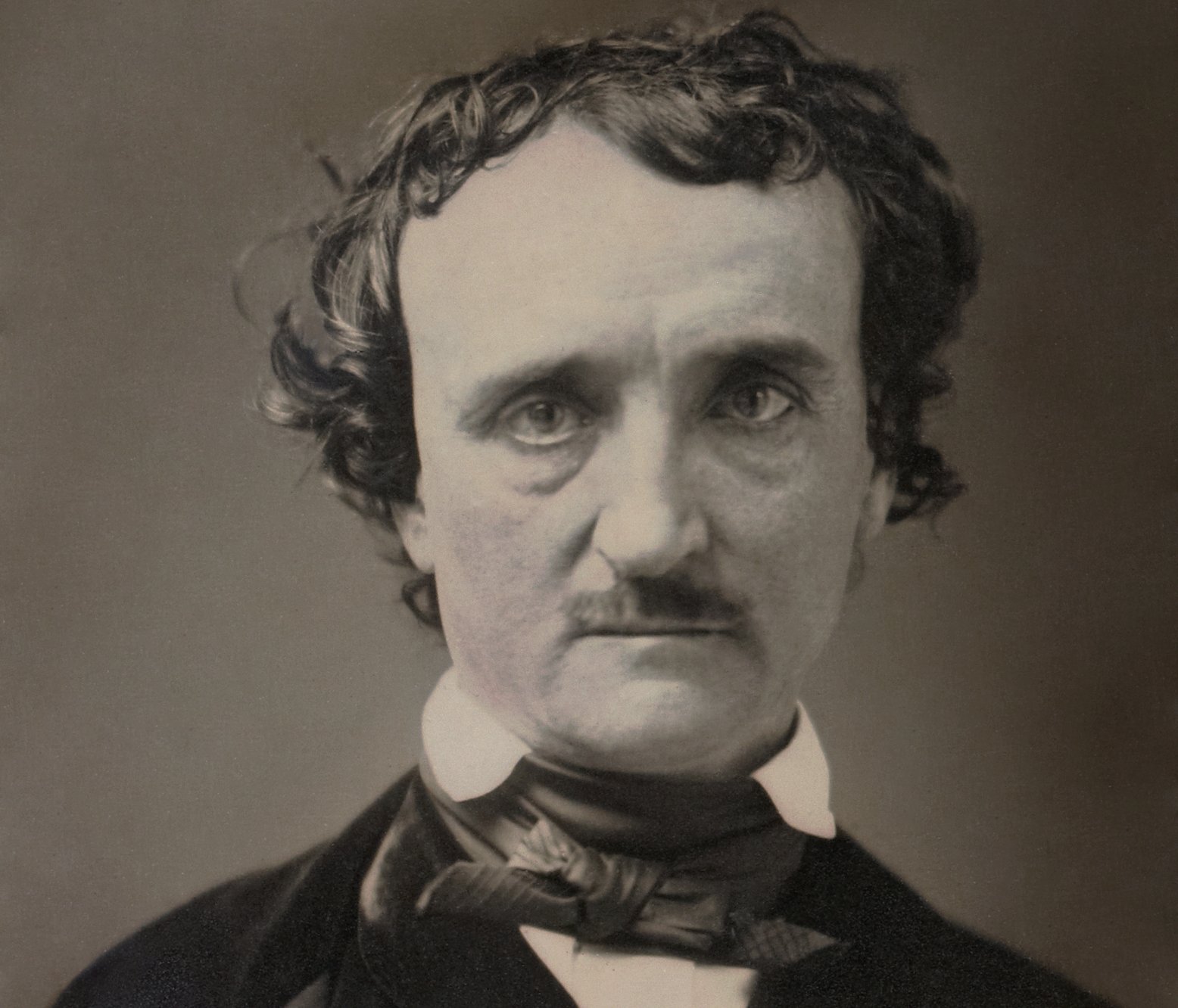 Unknown Author, Wikimedia Commons
Unknown Author, Wikimedia Commons
Franz Kafka
Franz Kafka’s work, now synonymous with the term "Kafkaesque," was largely unpublished during his lifetime, and he even instructed his friend, Max Brod, to destroy his manuscripts after his demise in 1924. Brod defied Kafka’s wishes, bringing classics like The Metamorphosis and The Trial and The Castle to the world, while also securing Kafka’s posthumous reputation as a literary genius. Who could have imagined that the story of a giant, troubled insect would make such an impact?
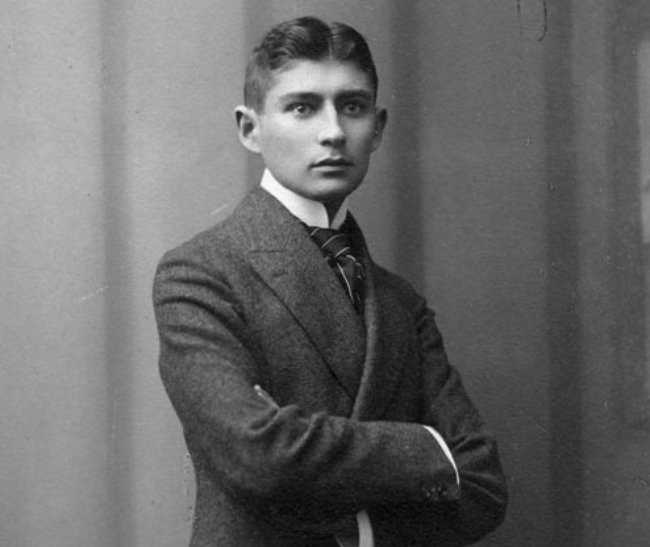 Sigismund Jacobi, Wikimedia Commons
Sigismund Jacobi, Wikimedia Commons
Nick Drake
Nick Drake’s haunting music failed to gain traction during his life, with his three albums—released before his untimely demise in 1974—flopping commercially. It wasn’t until a Volkswagen commercial in the late 1980s featured his song "Pink Moon" that his melancholic melodies reached a new audience. Today, Drake is celebrated for his introspective lyrics and delicate guitar work—an ironic twist for an artist who never witnessed his own influence.
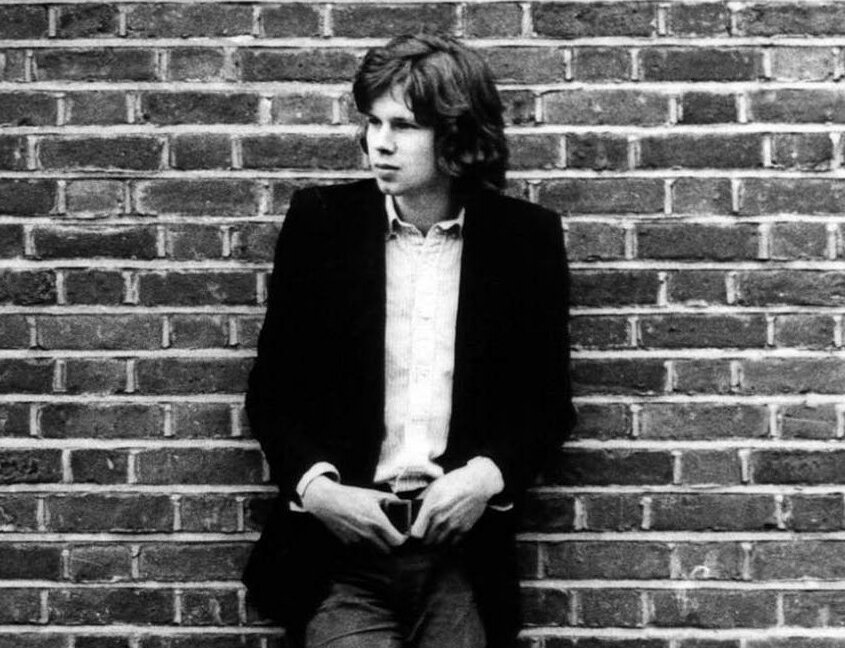 Keith Morris, Wikimedia Commons
Keith Morris, Wikimedia Commons
Jane Austen
It’s hard to imagine a world without Jane Austen’s novels, but during her lifetime, Austen’s works were published anonymously and received little attention. Her sharp wit and keen observations of society, as seen in classics like Sense and Sensibility, Pride and Prejudice, Mansfield Park, and Emma, weren’t fully appreciated until after her passing in 1817. Today, Austen is a literary giant, with her novels adapted into countless films, TV shows, and even modern retellings.
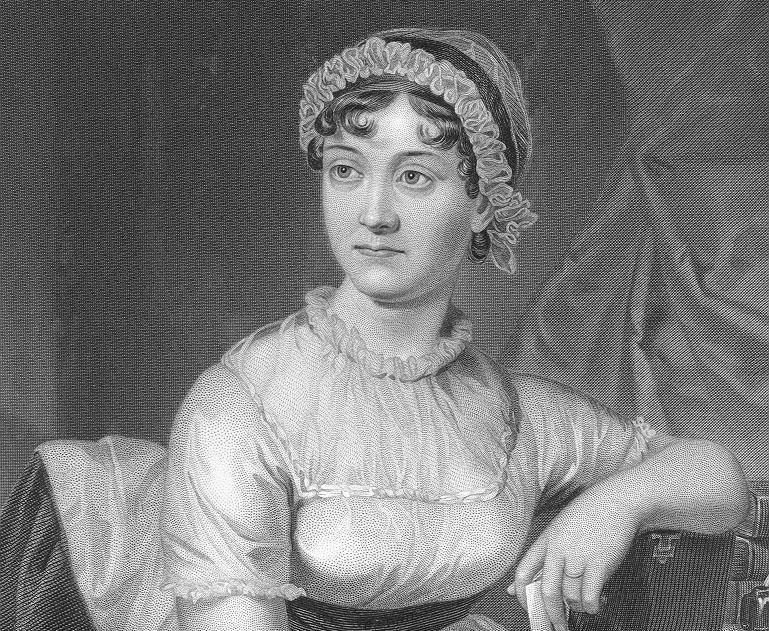 Evert Duykinck, Wikimedia Commons
Evert Duykinck, Wikimedia Commons
Eva Cassidy
Eva Cassidy, with her soulful voice, remained largely unknown during her lifetime, performing in small clubs around Washington, DC, blending genres like jazz, blues, and folk. After her untimely demise in 1996, her renditions of "Over the Rainbow" and "Fields of Gold" played on British Radio, catapulting her to posthumous fame. Today, her music continues to touch hearts worldwide.
Camille Claudel
Camille Claudel, often overshadowed by her mentor and lover Auguste Rodin, was a remarkable sculptor whose work went largely unrecognized during her lifetime. After a tumultuous relationship with Rodin and struggles with mental illness, she spent her last 30 years in a psychiatric hospital. Decades after her passing in 1943, Claudel's sculptures like The Waltz and The Mature Age, finally received the acclaim they deserved—solidifying her as a pioneering artist.
Bradley Nowell
Bradley Nowell, the lead singer of Sublime, left an indelible mark on music with hits like "Santeria" and "What I Got," but tragically didn’t live to see his band’s success. He met his demise from a substance overindulgence in 1996, just as Sublime’s self-titled album was set for release—it was a massive hit that cemented the band's legacy. Nowell’s laid-back, ska-punk sound continues to resonate with fans, ensuring his influence lives on.
Ian Curtis
Ian Curtis, the enigmatic frontman of Joy Division, was a trailblazer in the post-punk scene, but his life was tragically cut short before he could witness his full impact. Struggling with epilepsy and depression, Curtis’s lyrics often reflected deep despair, and he took his own life in 1980, just as Joy Division was poised for international success. After his demise, the band evolved into New Order, yet Curtis’s haunting voice continues to influence artists across genres, solidifying his status as a musical icon.
Vincent Van Gogh
Vincent van Gogh, now celebrated as one of history’s greatest artists, struggled during his lifetime, selling very few paintings and remaining largely unknown due to his bold, misunderstood style. After his passing in 1890, his brother Theo (and later, Theo’s wife, Jo), campaigned tirelessly to promote his work, organizing exhibitions and publishing the van Gogh brothers' letters. Today, masterpieces like Starry Night and Sunflowers fetch millions, proving that van Gogh’s legacy was destined to shine, even if recognition came after his time.
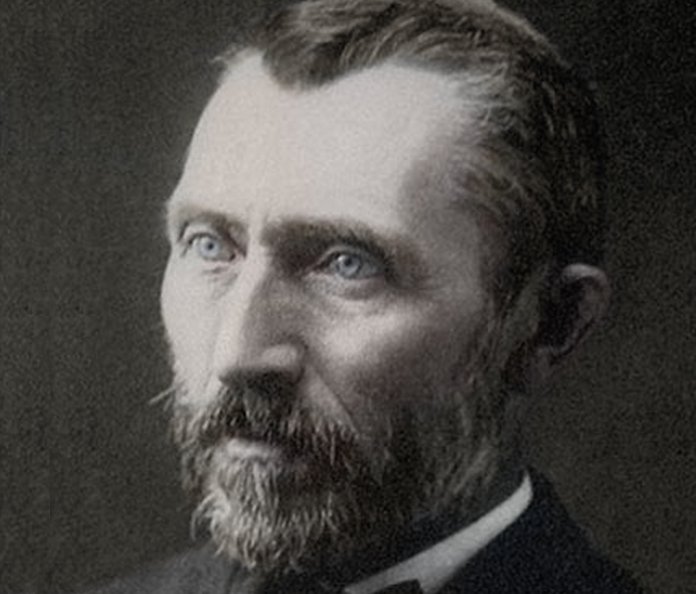 Maurice Bonilla, CC BY-SA 4.0, Wikimedia Commons
Maurice Bonilla, CC BY-SA 4.0, Wikimedia Commons
Bruce Lee
Bruce Lee, a martial arts legend and film star, achieved near-mythical fame after his untimely demise in 1973. His films—like Enter the Dragon and Fist of Fury—showcased his incredible skill, but it was his philosophy of martial arts and personal discipline that resonated globally. Though his sudden loss at 32 sparked numerous conspiracy theories, Lee remains a cultural icon who has inspired millions to pursue their passions with intensity.
Johann Sebastian Bach
Johann Sebastian Bach might be synonymous with classical music today, but during his lifetime, he was mostly known as an organist and a local composer. His intricate compositions, like the Brandenburg Concertos and The Well-Tempered Clavier, were considered too complex and old-fashioned by many of his contemporaries. Bach's genius wasn’t fully acknowledged until the 19th century, when composers like Felix Mendelssohn rediscovered his works, bringing them to the wider public. Now, Bach is celebrated as one of the greatest composers of all time, with his music continuing to inspire listeners across the globe.
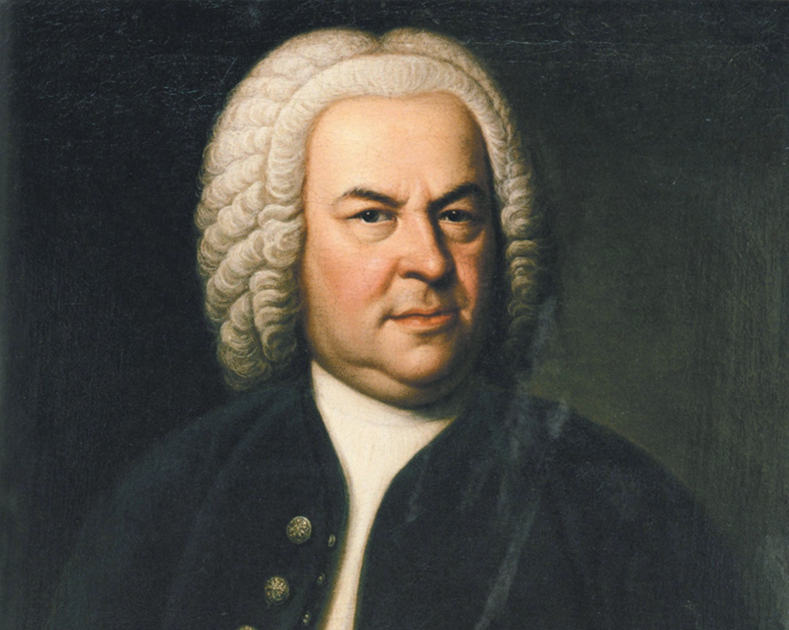 Elias Gottlob Haussmann, Wikimedia Commons
Elias Gottlob Haussmann, Wikimedia Commons
Herman Melville
Herman Melville’s Moby-Dick is now hailed as one of the greatest novels ever written, but during his lifetime, it was a commercial and critical failure. The book’s initial reception was so poor that Melville largely abandoned novel writing, and it wasn’t until decades after his eternal rest in 1891 that it was recognized for its profound exploration of humanity and obsession. Today, Melville is revered as a literary giant, and his once-overlooked novel is now required reading worldwide.
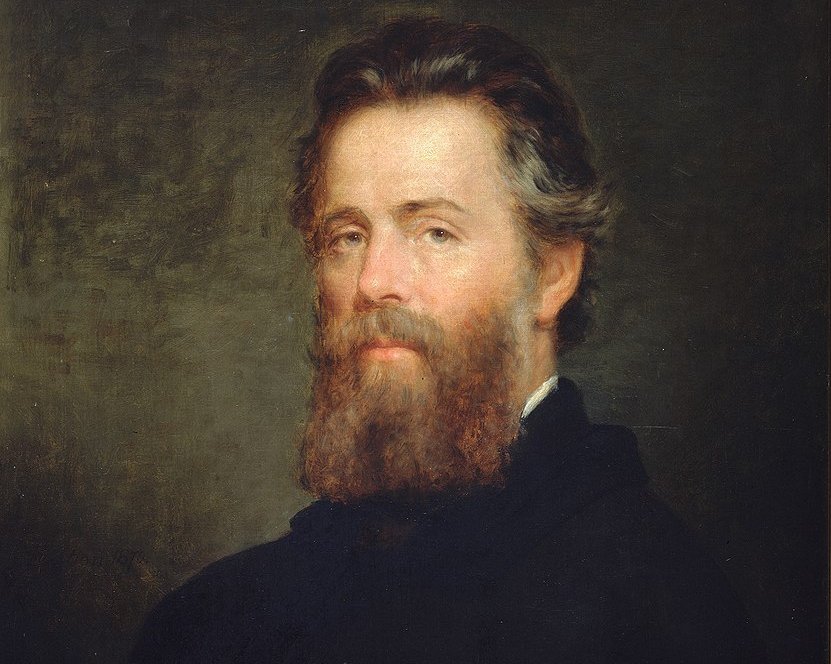 Joseph Oriel Eaton, Wikimedia Commons
Joseph Oriel Eaton, Wikimedia Commons
Vivian Maier
Vivian Maier, a nanny in Chicago, quietly documented city life through her lens, but her extraordinary work went completely unnoticed during her lifetime. It wasn’t until 2007, when boxes of her negatives were discovered at a storage auction, that her poignant street photography came to light. Since then, Maier has become a posthumous sensation, proving that some hidden gems just take a little longer to shine.
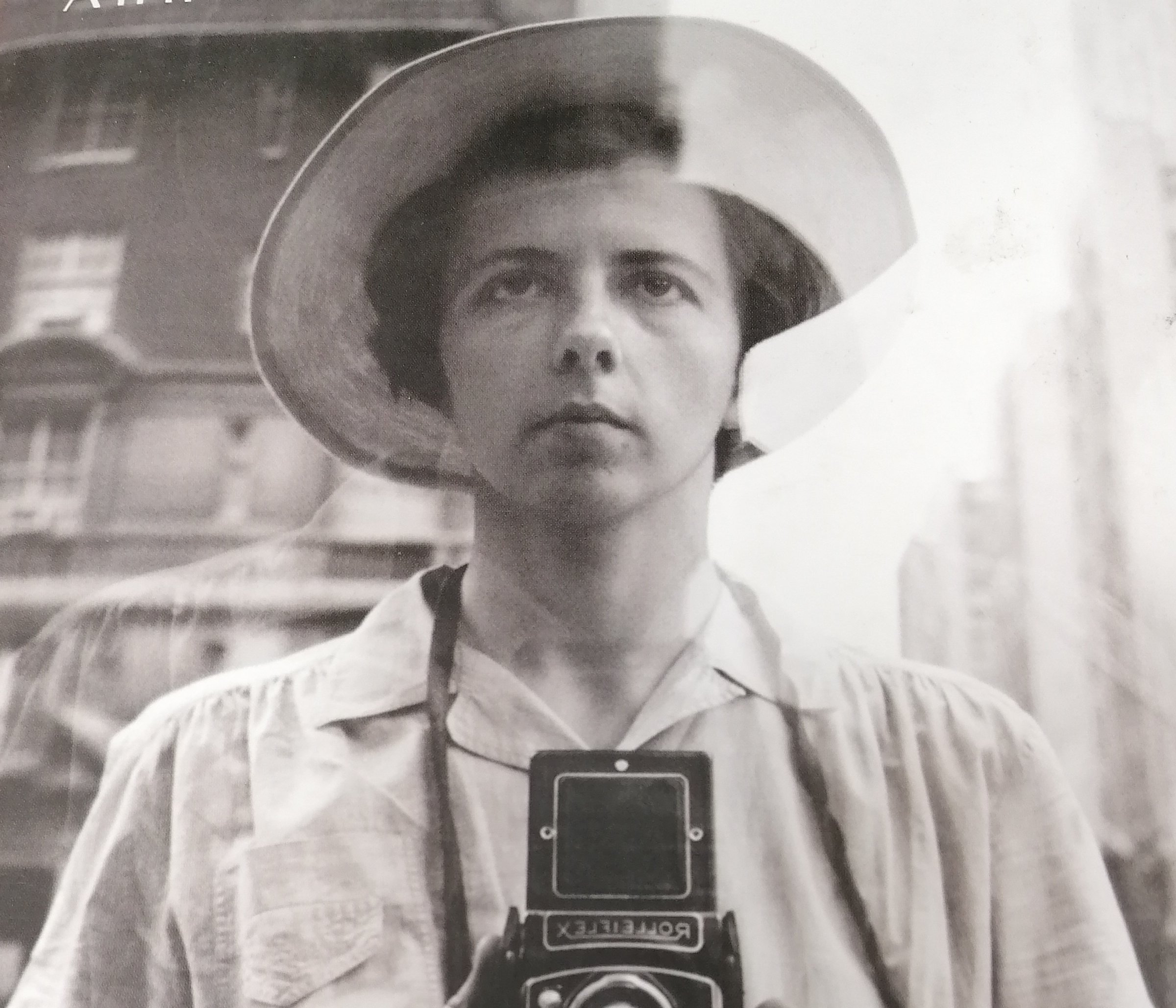 Stefano Chiacchiarini '74, Shutterstock
Stefano Chiacchiarini '74, Shutterstock
Robert Johnson
Blues legend Robert Johnson, now credited with shaping modern music, lived a mysterious life on the margins, with his recordings like "Cross Road Blues" and "Sweet Home Chicago" barely noticed during his brief career. He passed under murky circumstances at 27, and it wasn’t until the 1960s that his eerie, soulful guitar playing gained recognition through the influence of artists like Eric Clapton and The Rolling Stones. Today, Johnson is a mythic figure in music history, with some even suggesting he made a deal with the devil for his talent.
Mikhail Bulgakov
Mikhail Bulgakov lived through a tumultuous period in Russian history, and his writing often ran afoul of Soviet censors. His masterpiece, The Master and Margarita, a satirical novel featuring the Devil visiting Soviet Russia, was banned during his lifetime. Bulgakov passed in 1940, with much of his work unpublished and unrecognized. It wasn’t until the 1960s, during the Khrushchev Thaw, that The Master and Margarita was finally published and became an instant classic.
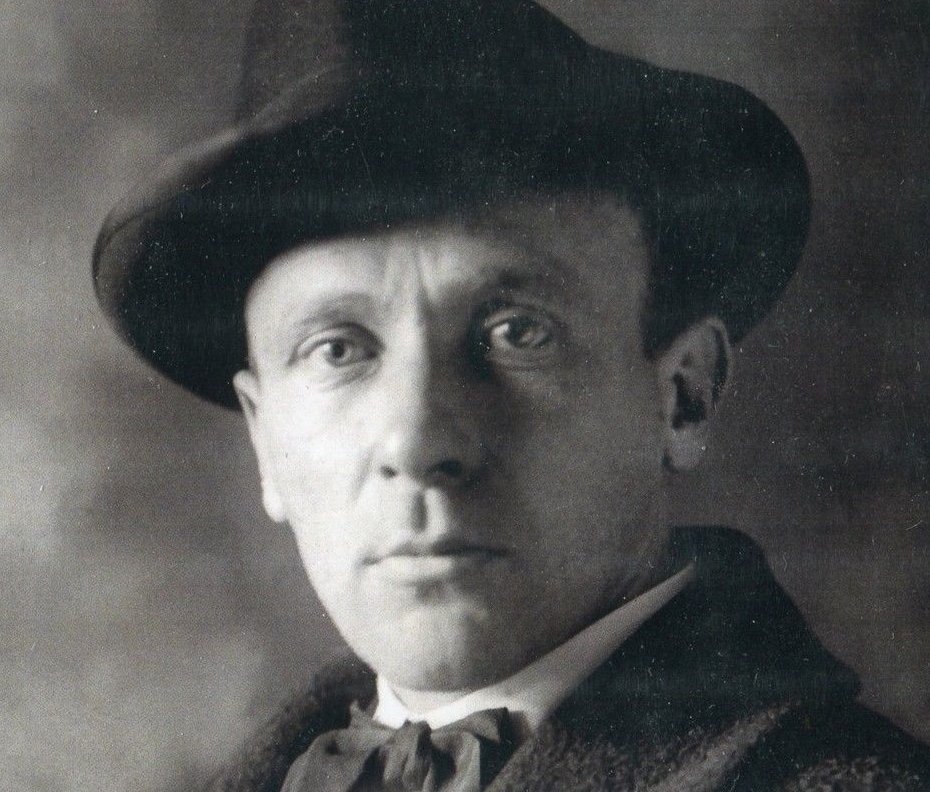 Unknown Author, Wikimedia Commons
Unknown Author, Wikimedia Commons
John Keats
John Keats, a leading figure of the Romantic movement, faced harsh criticism during his short life and met his demise at 25, believing his poetry would amount to nothing. How wrong he was! Over time, his poems like "Ode to a Nightingale" and "To Autumn" have become some of the most beloved in English literature, with Keats’s influence continuing to resonate more than two centuries later.
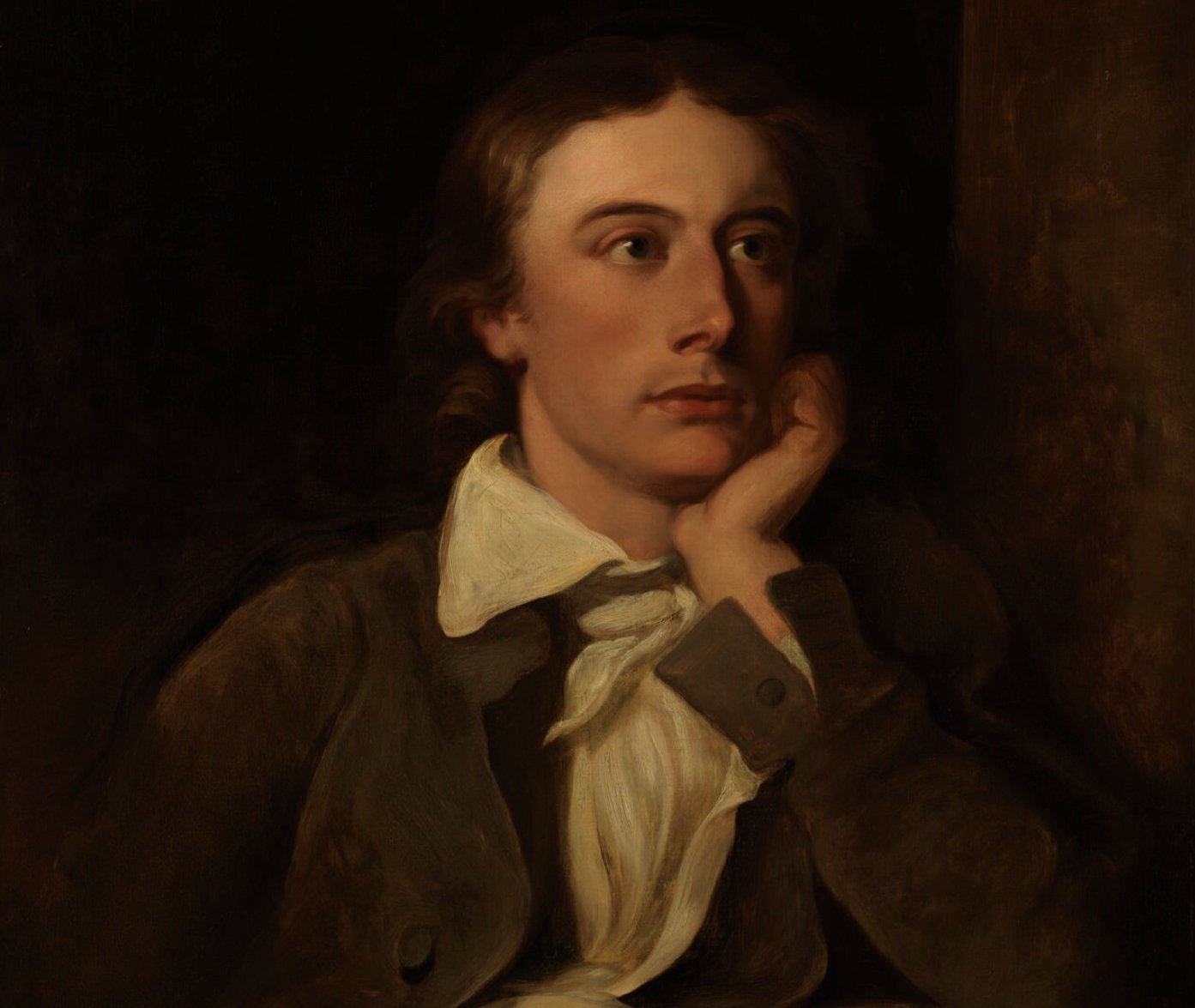 William Hilton, Wikimedia Commons
William Hilton, Wikimedia Commons
Wilfred Owen
Wilfred Owen’s poetry offers a haunting firsthand account of WWI, but he tragically didn’t live to see the impact of his work. Slain in action just a week before the Armistice in 1918, Owen’s poems were published posthumously and quickly became some of the most powerful conflict literature ever written. Today, he’s remembered as a voice for the lost generation, capturing the brutal reality of battle in a way that still deeply resonates.
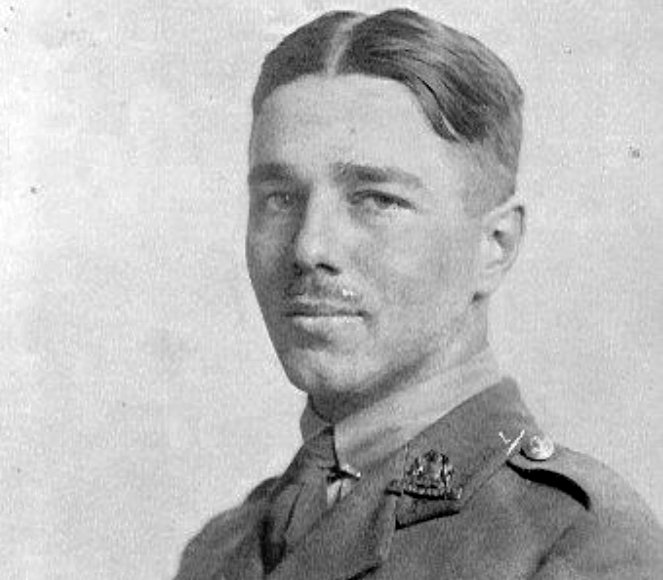 Allex Langié, CC BY-SA 3.0, Wikimedia Commons
Allex Langié, CC BY-SA 3.0, Wikimedia Commons
Zora Neale Hurston
Zora Neale Hurston was a key figure in the Harlem Renaissance, yet her work was largely overlooked during her lifetime. Her novel Their Eyes Were Watching God was out of print for decades until a revival in the 1970s–sparked by author Alice Walker–finally brought her the recognition she deserved. Today, Hurston is celebrated for her vibrant portrayal of African American culture and her fearless exploration of race, gender, and identity.
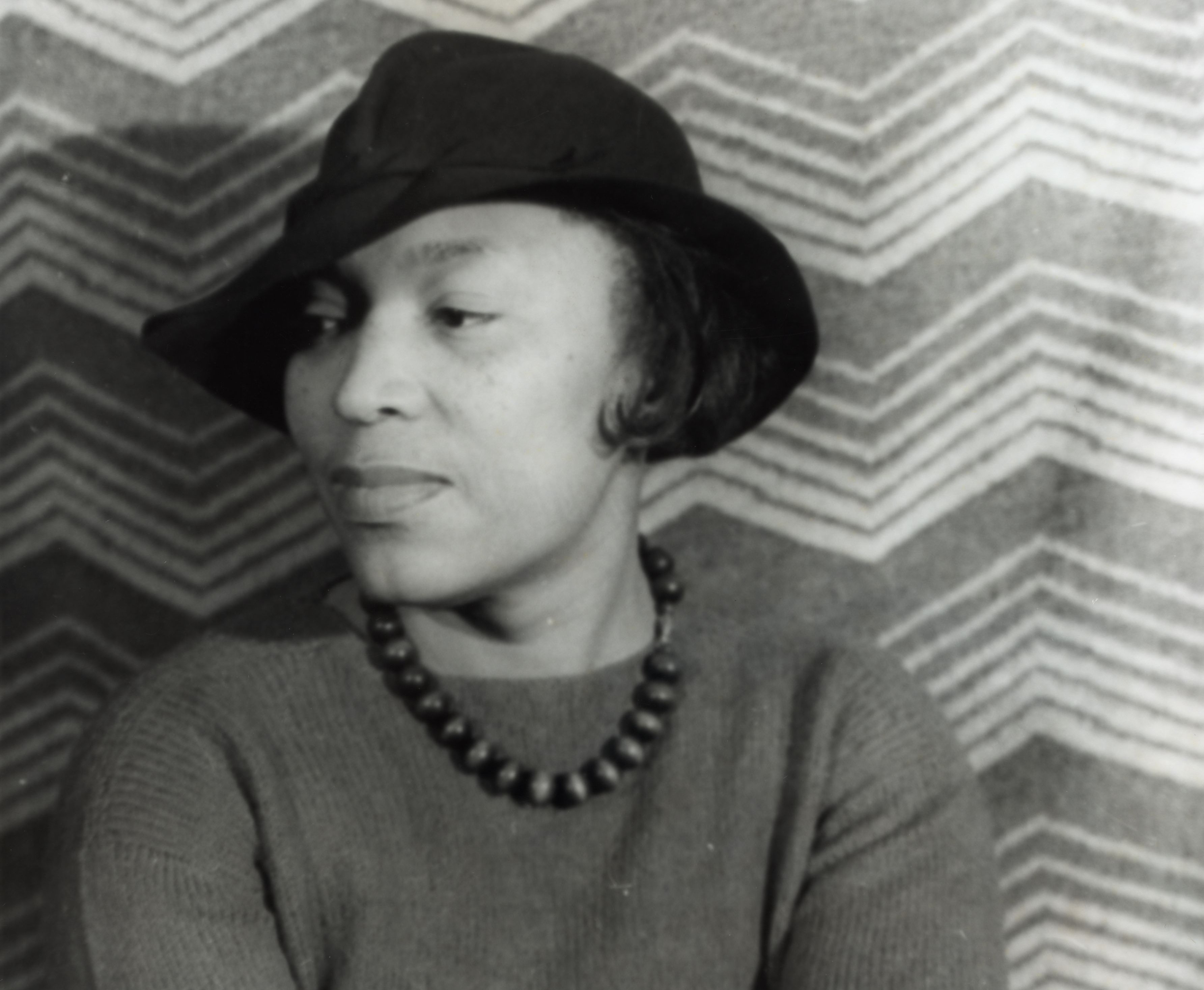 Carl Van Vechten, Wikimedia Commons
Carl Van Vechten, Wikimedia Commons
Philip K Dick
Philip K Dick’s mind-bending science fiction has inspired countless films, TV shows, and books, but during his life, he struggled to gain mainstream success. His novels, like Do Androids Dream of Electric Sheep? (which inspired Blade Runner) and The Man in the High Castle, explored themes of reality, identity, and paranoia—topics that resonated more with audiences after his demise in 1982. Today, he is regarded as one of the most visionary writers of the 20th century, with his works continuing to influence the sci-fi genre.
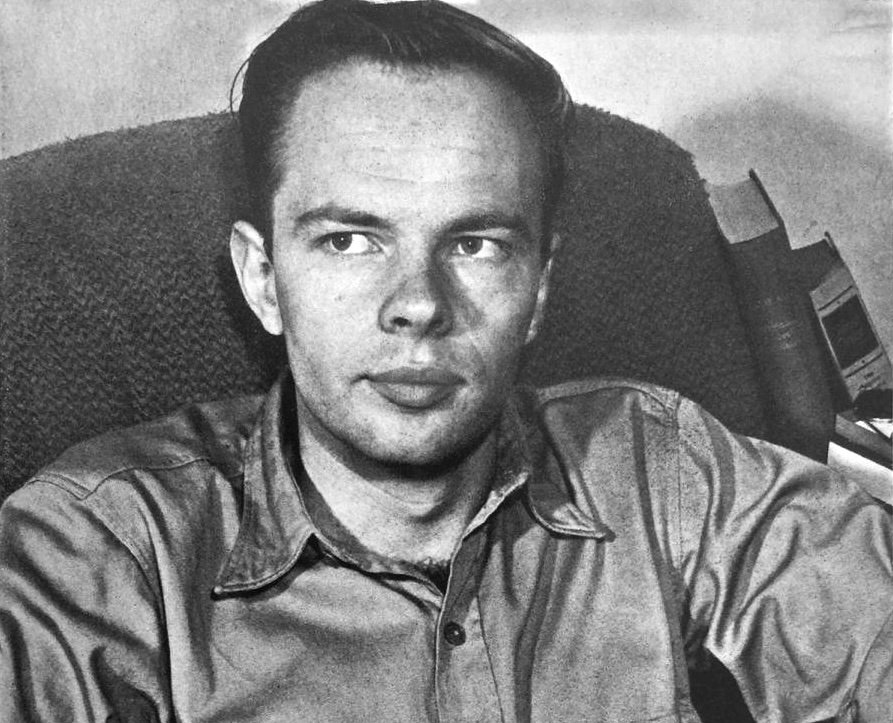 Arthur Knight, Wikimedia Commons
Arthur Knight, Wikimedia Commons
El Greco
El Greco, born Domenikos Theotokopoulos, developed a unique style with elongated figures and dramatic colors that didn’t fit the Renaissance norms of his time. While he wasn’t completely ignored, his work was often seen as eccentric and didn’t get the appreciation it deserved until nearly 300 years after his demise. Today, El Greco is celebrated for his expressive style, which feels surprisingly modern, and he’s recognized as a forerunner to movements like Expressionism and Cubism.
Jeff Buckley
Jeff Buckley’s haunting voice and poetic lyrics earned him a cult following during his lifetime, but it wasn’t until after his tragic passing that his work reached iconic status. His 1994 album Grace, featuring an unforgettable cover of Leonard Cohen’s "Hallelujah," received mixed reviews at first, and Buckley drowned in 1997 before he could record more. In the years since, Grace has been hailed as a masterpiece, and Buckley is now remembered as one of the greatest singers of his generation—gone too soon, but never forgotten.
Claude Monet
Claude Monet, now revered as the father of Impressionism, faced significant criticism during his early career, with many dismissing his quick brushstrokes and focus on light as unfinished and sloppy. While he struggled initially, by the late 19th century, Monet began to gain recognition, and his later works, like Water Lilies, solidified his status as a master. Today, his revolutionary approach to capturing nature’s fleeting moments is celebrated—Monet was truly ahead of his time.
Paul Thek
Paul Thek was a visionary artist whose experimental sculptures and installations challenged conventional notions of art, though his work wasn’t fully appreciated until much later. Beginning in the 1960s, Thek’s provocative "meat pieces"—sculptures resembling raw meat encased in glass—were misunderstood by many. Today, his fearless approach to form and content is recognized as groundbreaking, influencing contemporary artists and earning him a cult following in the art world.
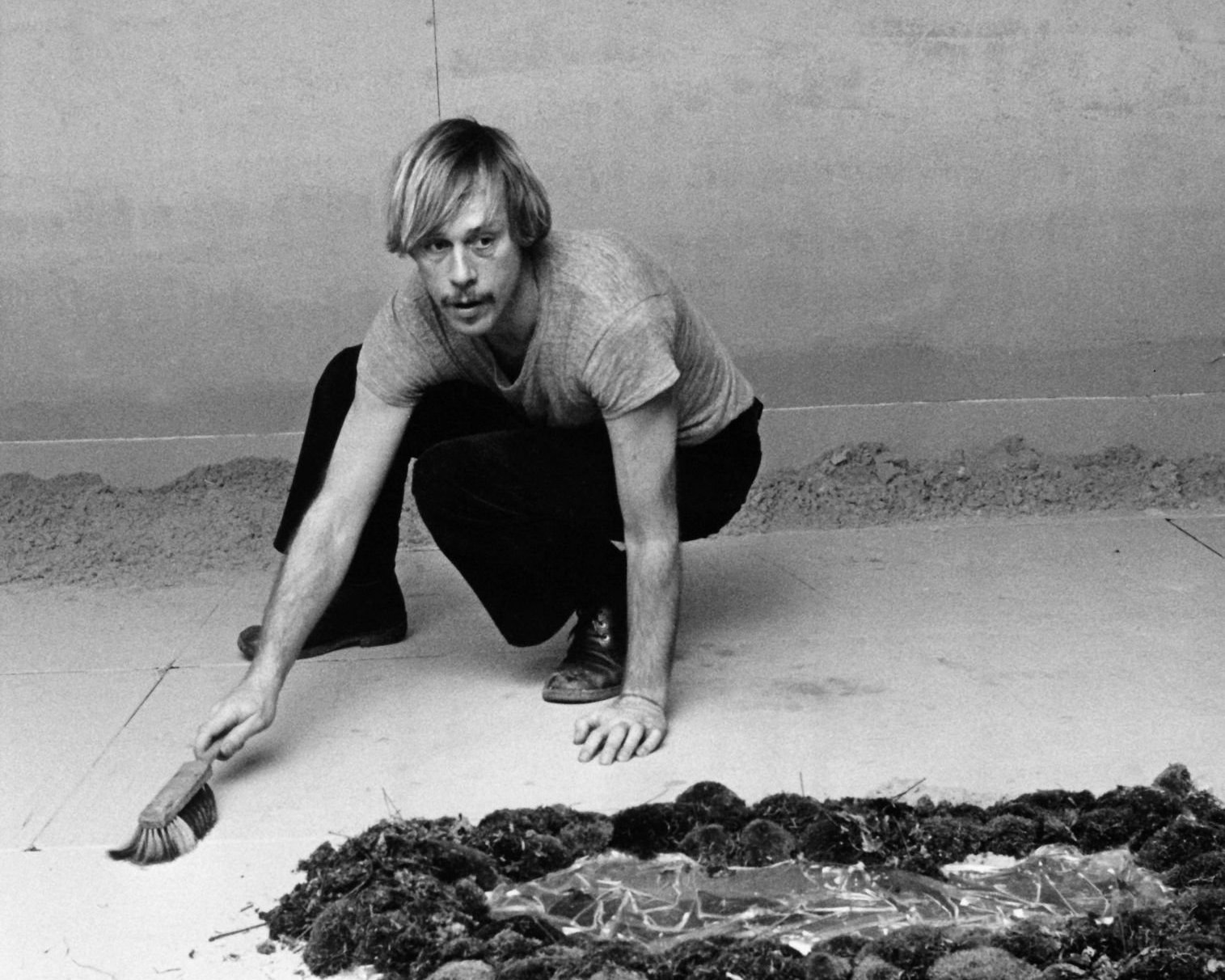 picture alliance, Getty Images
picture alliance, Getty Images
Paul Cezanne
Paul Cézanne, often dismissed by critics during his lifetime, laid the foundation for modern art with his radical use of color and shape to capture emotional landscapes. Despite being shunned for most of his life, Cezanne was eventually recognized by contemporaries like Picasso and Matisse as a pivotal influence, bridging 19th-century Impressionism with 20th-century movements like Cubism. His legacy was cemented when his painting The Card Players was sold to Qatar for $250 million in 2012, marking it as one of the most expensive works of art ever sold.
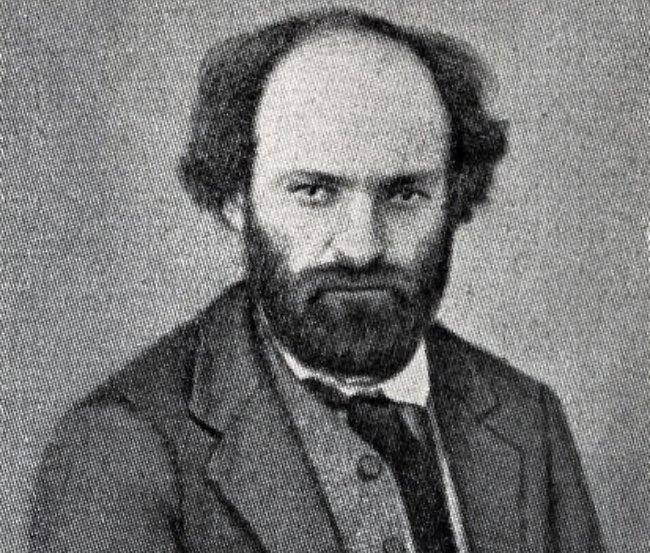 Unknown author, Wikimedia Commons
Unknown author, Wikimedia Commons
Henry Darger
Henry Darger led a quiet life as a janitor, but after he passed, an extraordinary secret was revealed—his incredible work as an artist and writer. In his Chicago apartment, Darger left behind a massive, 15,145-page manuscript and hundreds of striking watercolor paintings, depicting the fantastical world of The Story of the Vivian Girls. Although unknown during his lifetime, Darger is now celebrated as a key figure in outsider art, showcasing the extraordinary creativity that can flourish outside the mainstream.
Emily Dickinson
Emily Dickinson’s poetry is now studied and celebrated worldwide, but during her lifetime, she was a virtual recluse whose work was largely unpublished. Writing nearly 1,800 poems, Dickinson saw fewer than a dozen published, and those were heavily edited to fit the conventions of the time. Decades later, her unedited poems were released, and Dickinson was hailed as a literary genius—her innovative use of slant rhyme, unconventional punctuation, and introspective themes now earning her a place among the greatest American poets.
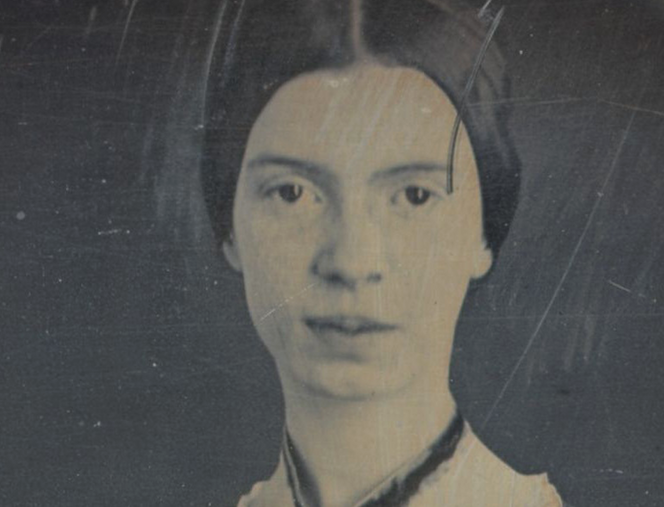 The Public Domain Review, Flickr
The Public Domain Review, Flickr
Sylvia Plath
Sylvia Plath’s powerful poetry “Ariel” and novel The Bell Jar have resonated with readers for generations, but during her life, she struggled to gain the widespread recognition she desired. Although her work, often exploring themes of mental illness, identity, and despair, received some praise, it was also criticized for its raw emotional intensity. It was only after her passing, with the posthumous publication of “Ariel”, that her status as a literary icon was cemented. Today, her writing continues to inspire and comfort those who face similar struggles, leaving a legacy as profound as her words.
Paul Gauguin
Paul Gauguin, once a stockbroker, left finance to pursue art, creating vivid and unconventional depictions of Tahitian life that were criticized during his time as being too primitive. While he struggled for recognition and financial success during his lifetime, his work gained significant acclaim after his demise in 1903, influencing modern art movements and inspiring artists worldwide. Today, Gauguin's paintings are celebrated as masterpieces, commanding millions at auction.
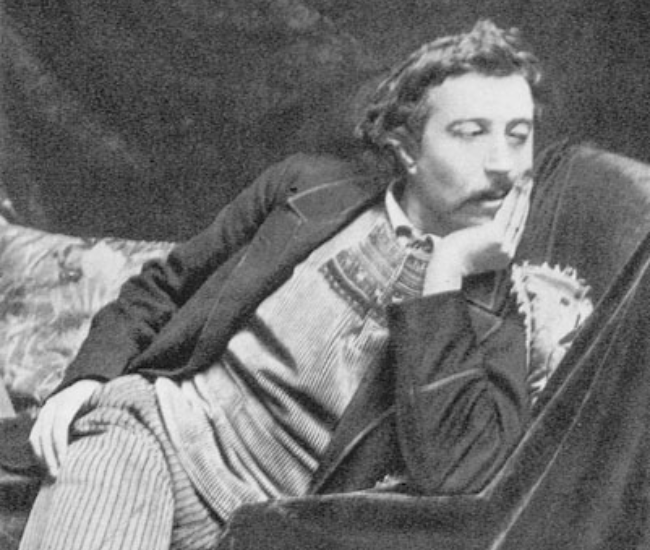 Louis-Maurice Boutet de Monvel, Wikimedia Commons
Louis-Maurice Boutet de Monvel, Wikimedia Commons
Tim Buckley
Tim Buckley’s music may not have reached mainstream success during his life, but his genre-bending style and ethereal voice have left a lasting legacy. Fusing folk, jazz, and psychedelic rock, Buckley’s critically acclaimed albums—like Goodbye and Hello and Starsailor—were overlooked commercially. Over time, his influence grew, particularly in alternative and indie music circles, and his work has since gained the appreciation it always deserved.
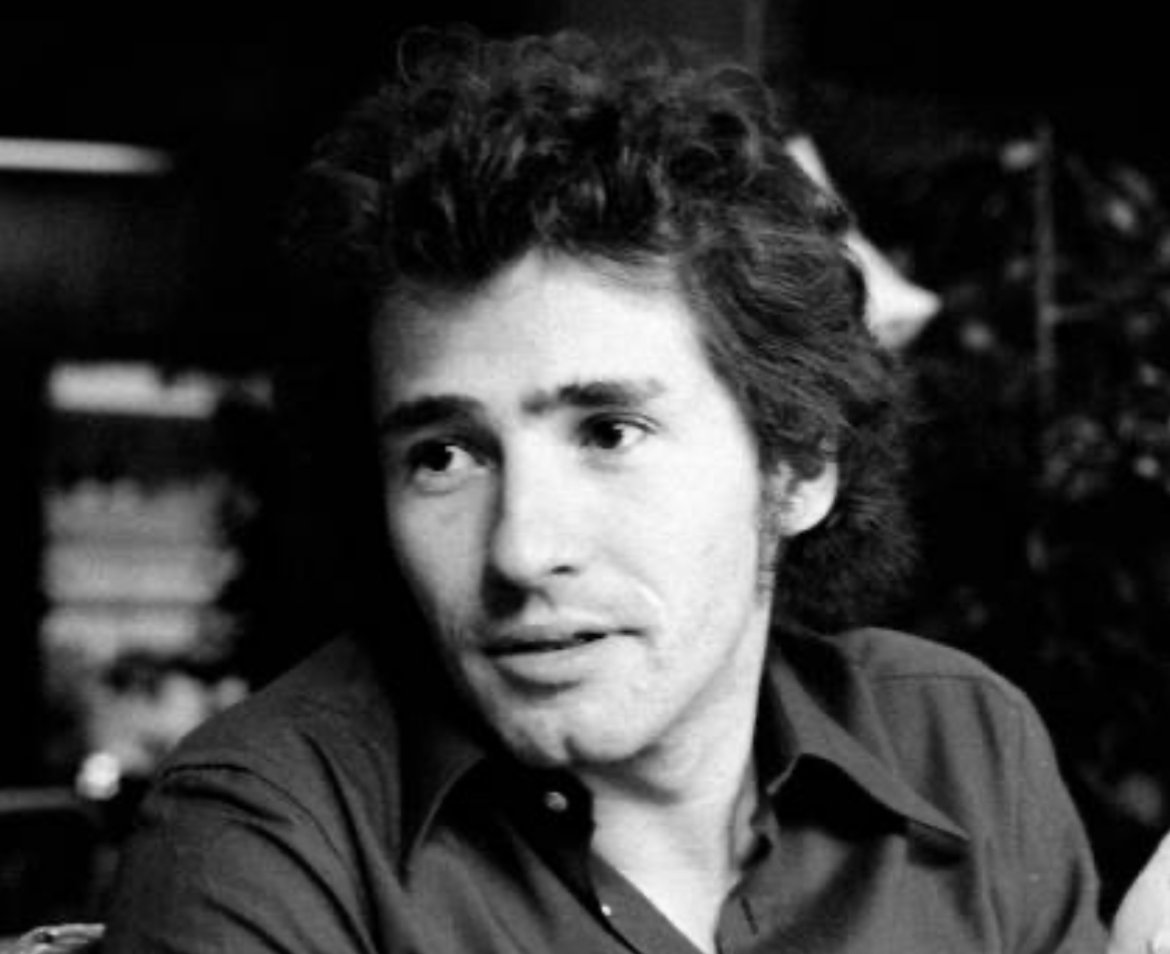 Jørgen Angel, CC BY 2.5, Wikimedia Commons
Jørgen Angel, CC BY 2.5, Wikimedia Commons
Jonathan David Larson
Jonathan Larson, though not widely known by name, made a profound impact on musical theater with his creation of Rent, a rock musical that captured the struggles of life in New York during the AIDS crisis. The night before Rent’s first off-Broadway performance in 1996, Larson met his demise, leaving behind a show that would go on to win multiple Tony Awards and a Pulitzer Prize. His dream of revolutionizing musical theater came true, leaving a legacy that continues to resonate.
Georges Bizet
Georges Bizet’s Carmen is now considered one of the greatest operas ever written, but success eluded him during his life. When Carmen premiered in 1875, it was met with harsh criticism due to its controversial themes and unconventional structure. Although Bizet didn’t live to see its eventual acclaim, today, Carmen is one of the most performed operas globally, with its melodies and dramatic story proving that Bizet was ahead of his time.
Israel Kamakawiwo'ole
Israel Kamakawiwo'ole, or "Bruddah Iz," was a beloved Hawaiian musician whose gentle ukulele playing and soulful voice touched hearts worldwide. His medley of "Over the Rainbow/What a Wonderful World" became a global sensation, reaching audiences far beyond Hawaii. Iz’s music continues to inspire and comfort listeners, beautifully capturing the spirit of aloha and making him an enduring figure in Hawaiian culture and beyond.
Anne Frank
Anne Frank’s The Diary of a Young Girl is one of the most touching accounts of the Holocaust, offering a deeply personal glimpse into the horrors of armed conflicts. Her father, Otto Frank, published her writings after the family’s tragedy, ensuring that her voice would be heard worldwide. Over the decades, it has been translated into 70 languages and sold over 30 million copies, securing Anne Frank’s legacy—tragically lost to the world, but forever remembered through her words.
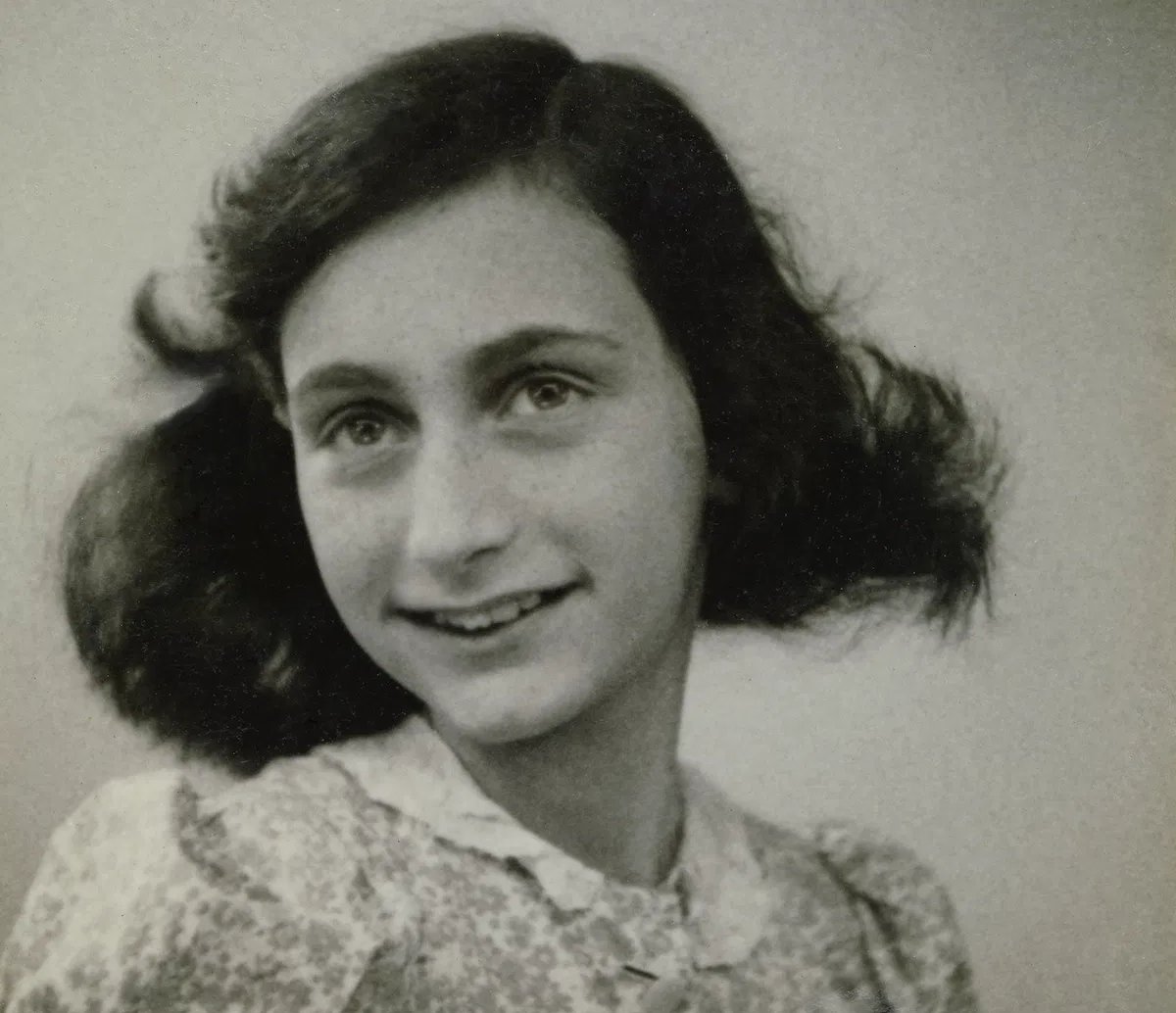 Unknown Artist, via Wikimedia Commons
Unknown Artist, via Wikimedia Commons
Ed Wood
Ed Wood is often remembered as the "worst director of all time," but his low-budget, campy films have earned him a cult following posthumously. Though movies like Plan 9 from Outer Space were ridiculed and ignored during his life, Wood became an icon of outsider cinema after his passing, celebrated for his passion and persistence. In 1994, Tim Burton’s biopic Ed Wood further cemented his status as a beloved figure in the world of so-bad-it’s-good movies—proving that while he didn’t make masterpieces, he certainly made his mark.
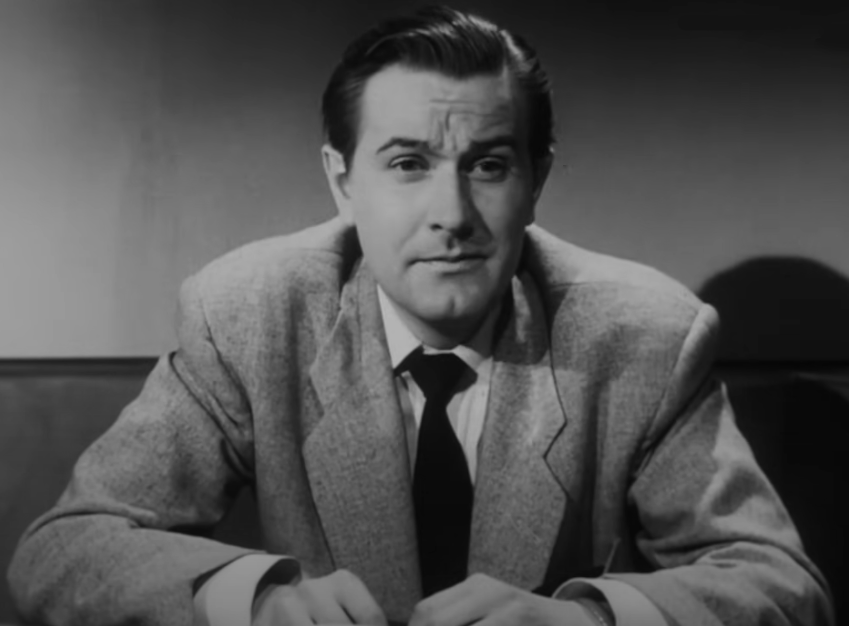 Screen Classics (II), Glen or Glenda (1953)
Screen Classics (II), Glen or Glenda (1953)
Tim Hardin
Tim Hardin was a gifted singer-songwriter whose emotionally charged, folk-inspired music didn’t gain widespread success during his lifetime. Best known for writing songs like "If I Were a Carpenter" and "Reason to Believe," Hardin’s career was overshadowed by his struggles with addiction. Although his life was cut short in 1980, his music has since been covered by numerous artists, and his influence on the folk and rock genres continues to grow.
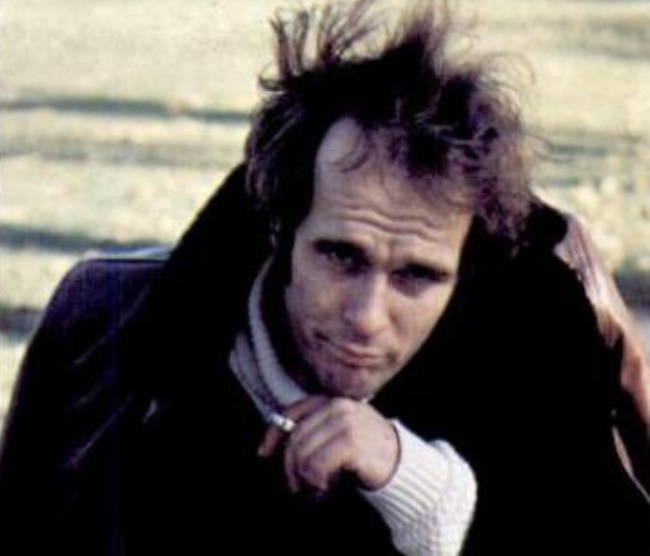 Columbia Records, Wikimedia Commons
Columbia Records, Wikimedia Commons
Julia Margaret Cameron
Julia Margaret Cameron was a pioneering photographer whose work was often criticized for its unconventional style during her lifetime. Taking up photography in her late 40s, Cameron focused on soft focus portraits and allegorical images that many of her contemporaries dismissed. It wasn’t until long after her passing in 1879 that her innovative work was reevaluated and celebrated, making her one of the most important figures in the history of photography today.
 Henry Herschel Hay Cameron, Wikipedia
Henry Herschel Hay Cameron, Wikipedia
Amedeo Modigliani
Amedeo Modigliani’s distinctive portraits are now iconic, but during his lifetime, he struggled to gain recognition. His elongated figures and bold use of color were dismissed by critics, with his work only gaining attention after his passing in 1920. Today, Modigliani’s paintings are celebrated for their beauty and emotional depth, fetching millions at auction and securing his place in art history.
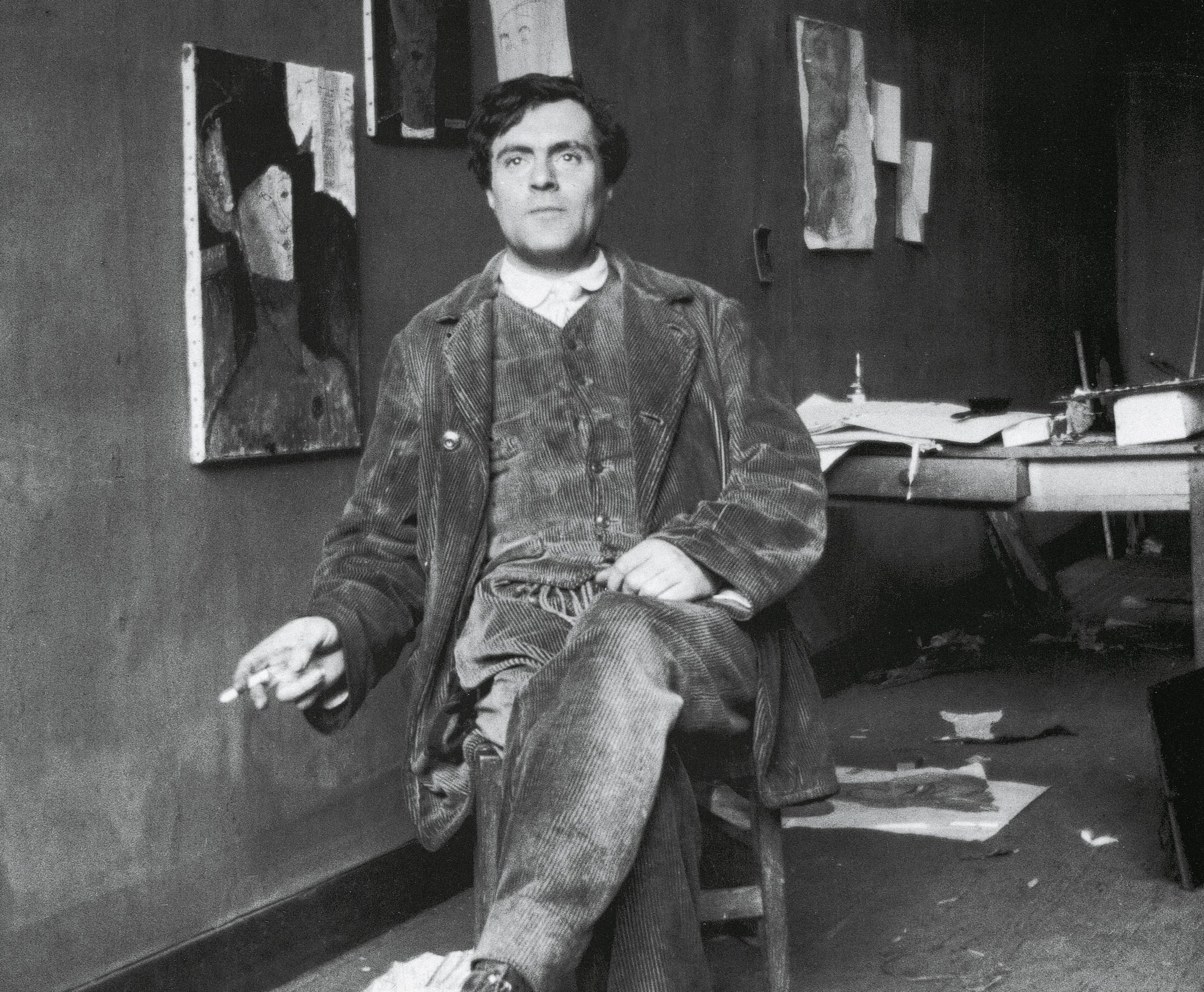 Paul Guillaume, Wikimedia Commons
Paul Guillaume, Wikimedia Commons
Bill Finger
Bill Finger was the uncredited co-creator of Batman, contributing many key elements such as the Batmobile, Gotham City, and Batman’s origin story. While Bob Kane received most of the credit and financial rewards, Finger passed in 1974 without the recognition he deserved. In recent years, however, DC Comics and Warner Bros have made efforts to acknowledge his crucial role in creating one of pop culture’s most beloved heroes, finally giving him the credit he earned.
Stieg Larsson
Stieg Larsson became a literary sensation with his Millennium series, but he tragically didn’t live to see its success. Completed shortly before his sudden passing in 2004, Larsson’s trilogy—including The Girl with the Dragon Tattoo—was published posthumously, selling over 100 million copies and inspiring successful film adaptations. His gripping, socially conscious thrillers have left a lasting impact on the thriller genre, solidifying his place among history's best-selling authors.
Arthur Russell
Arthur Russell was a musical innovator, blending genres like disco, classical, folk, and experimental music in ways that defied easy categorization. Despite his prolific output and collaborations with artists like David Byrne, Russell’s work didn’t reach a wide audience during his lifetime. Since his passing in 1992 of AIDS, Russell’s music has been rediscovered and celebrated for its innovation and emotional depth, inspiring countless musicians and resonating with new listeners—his talent was too unique to stay hidden.

